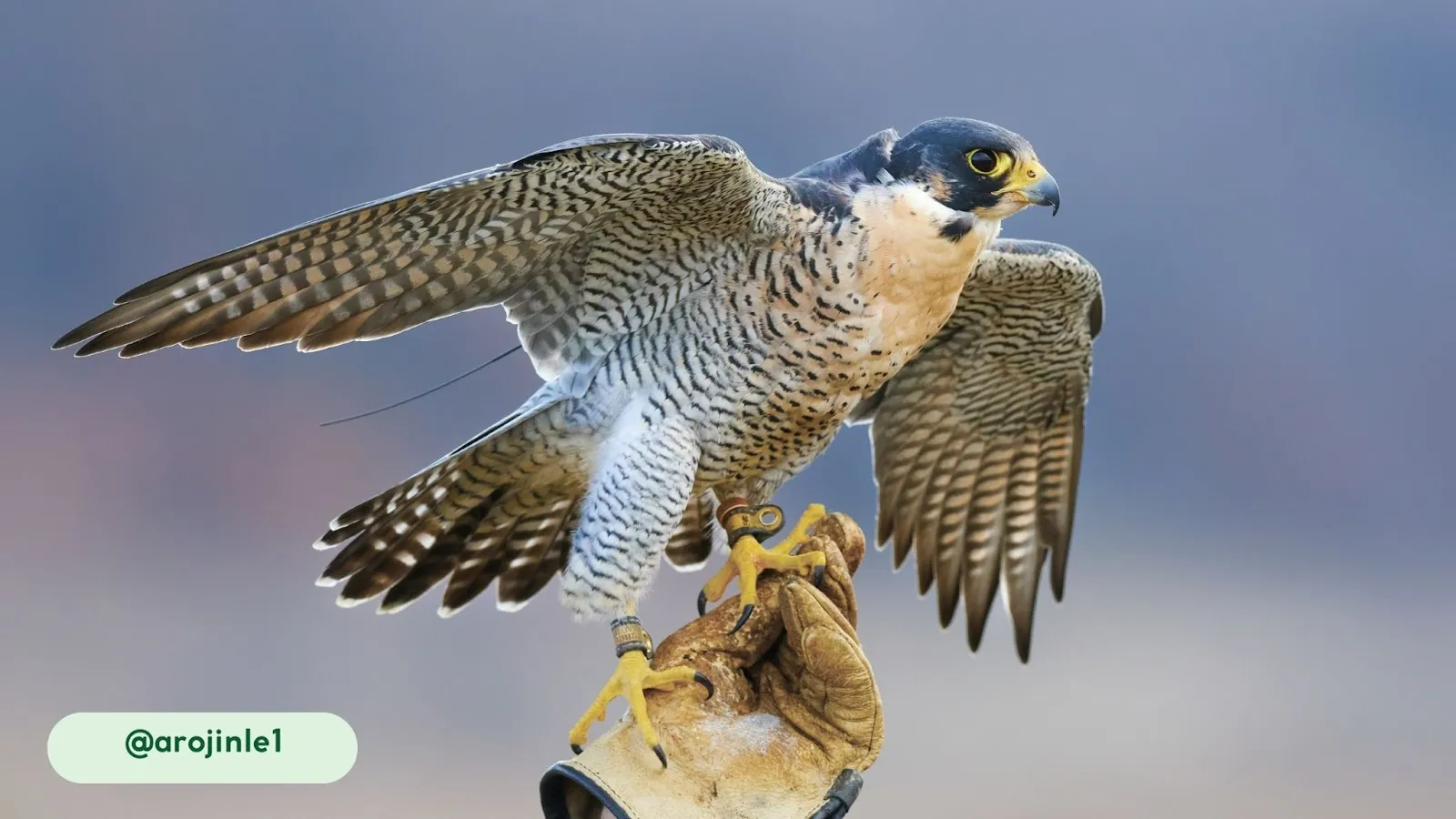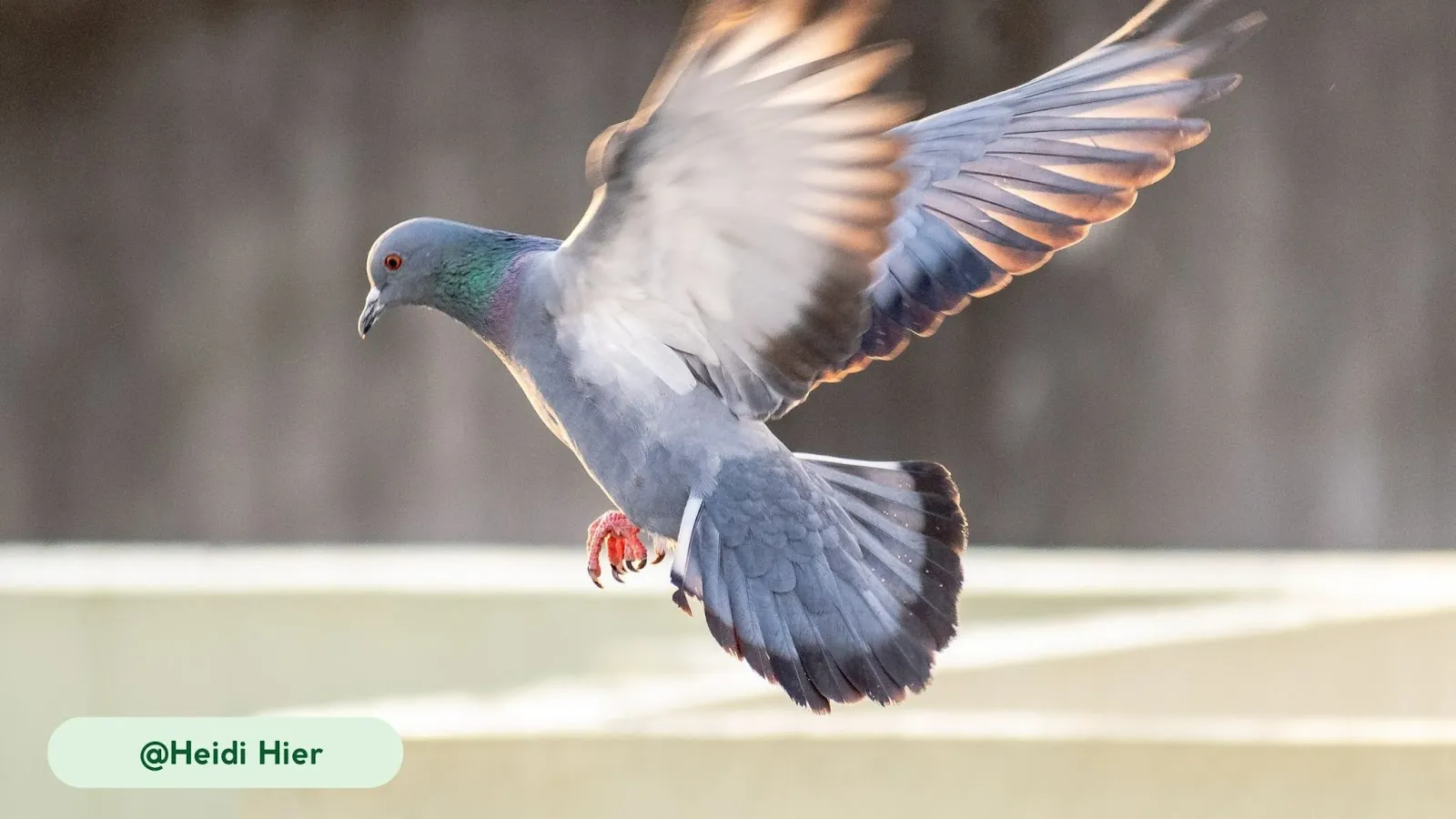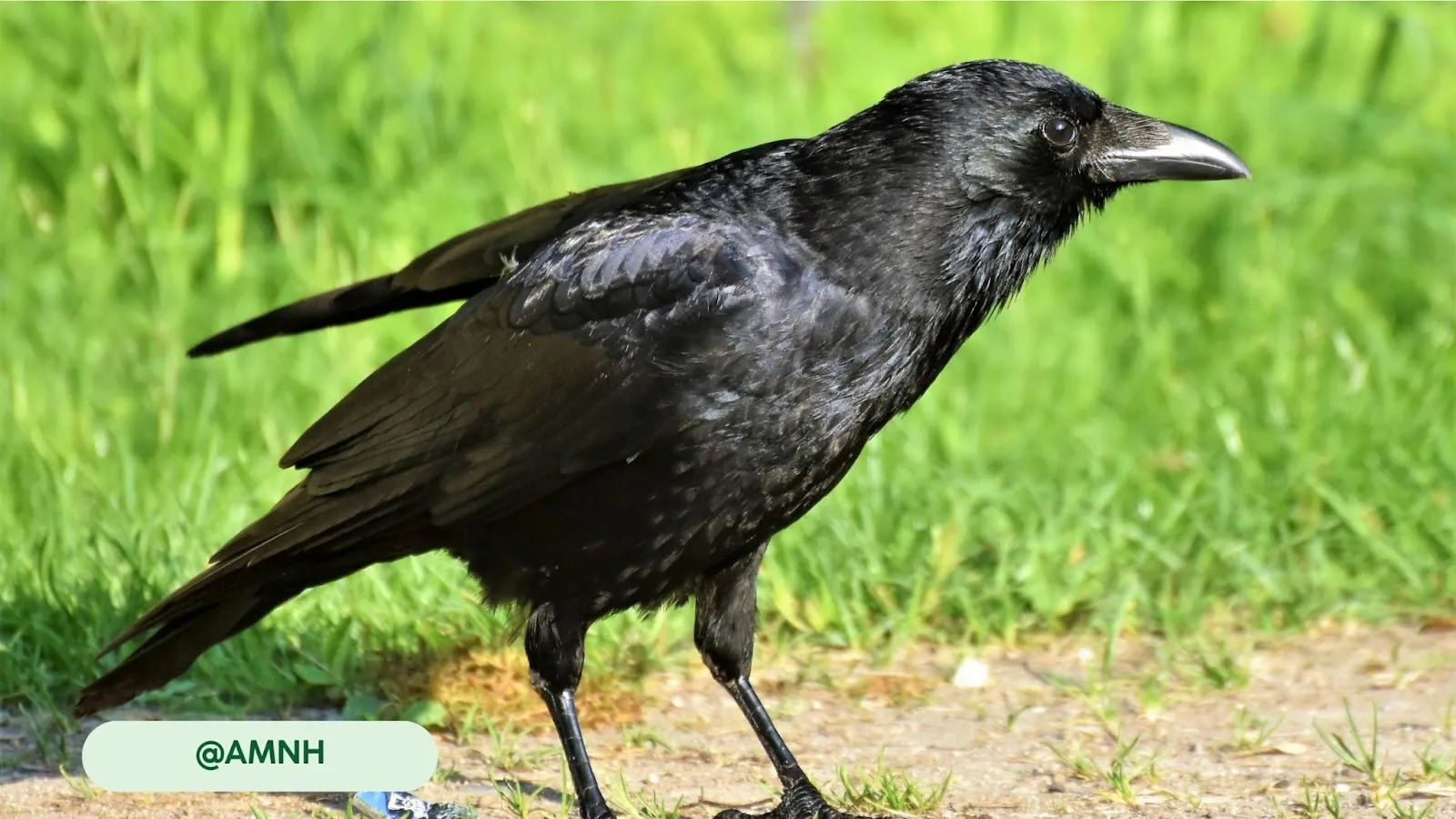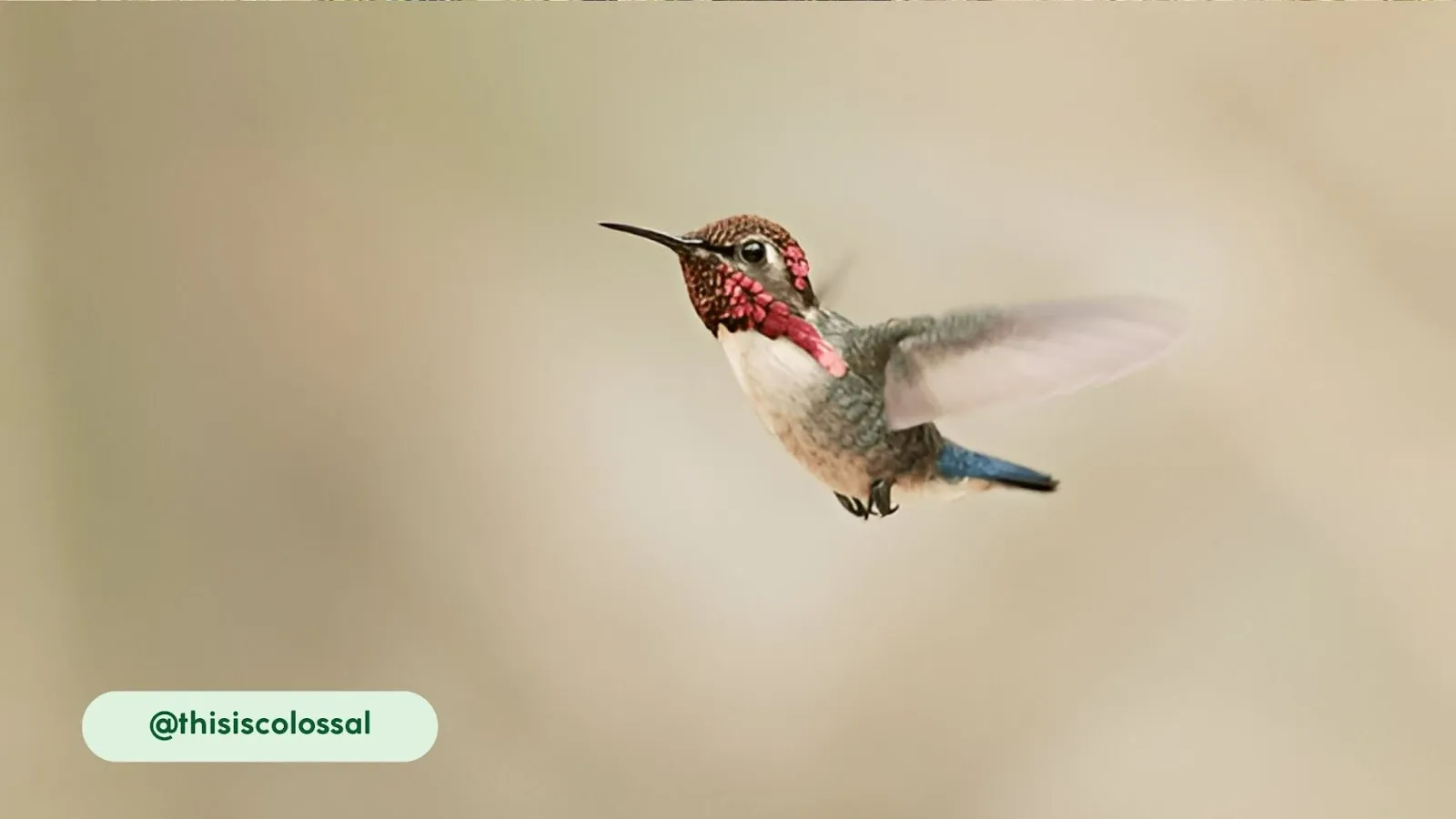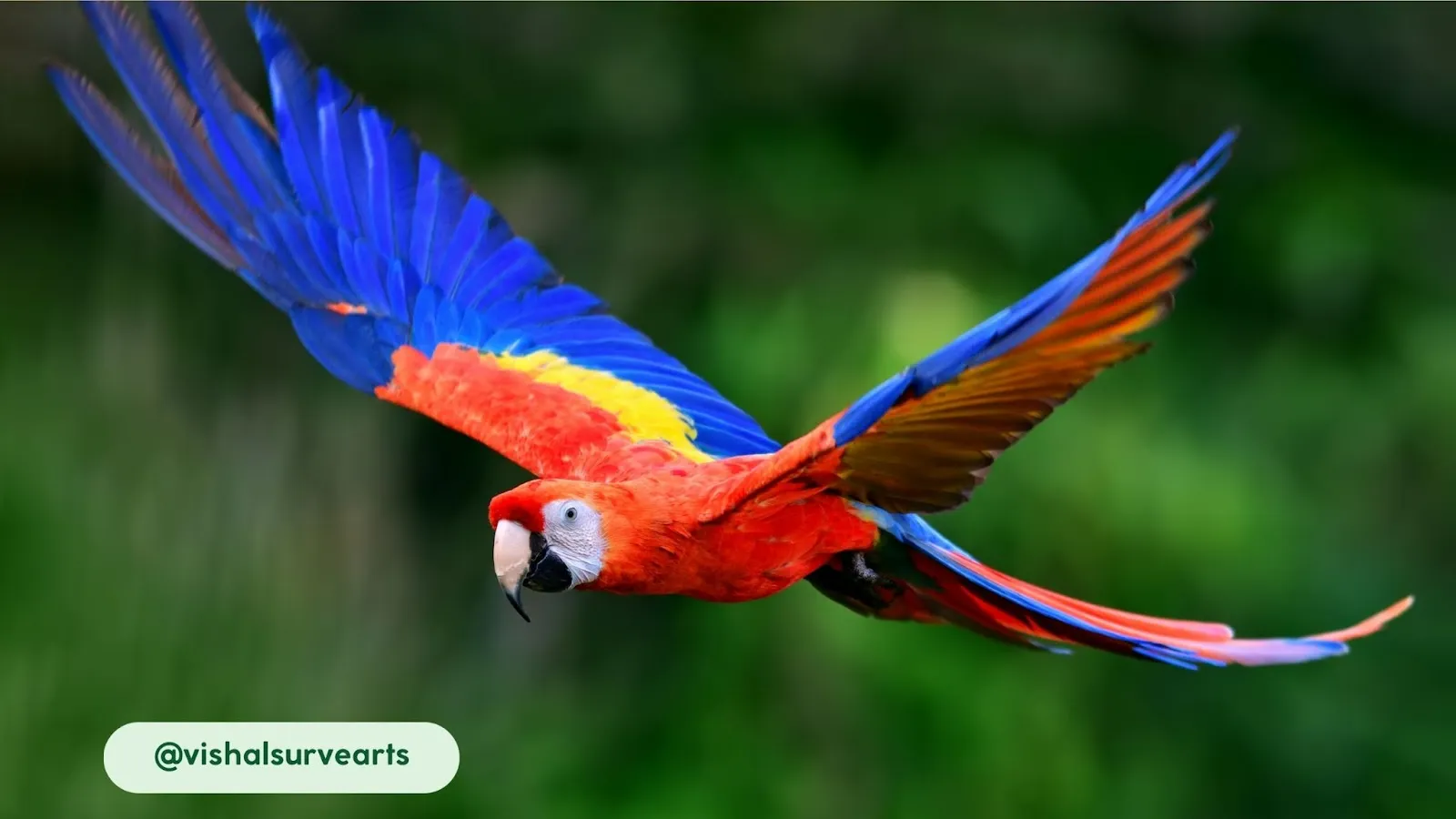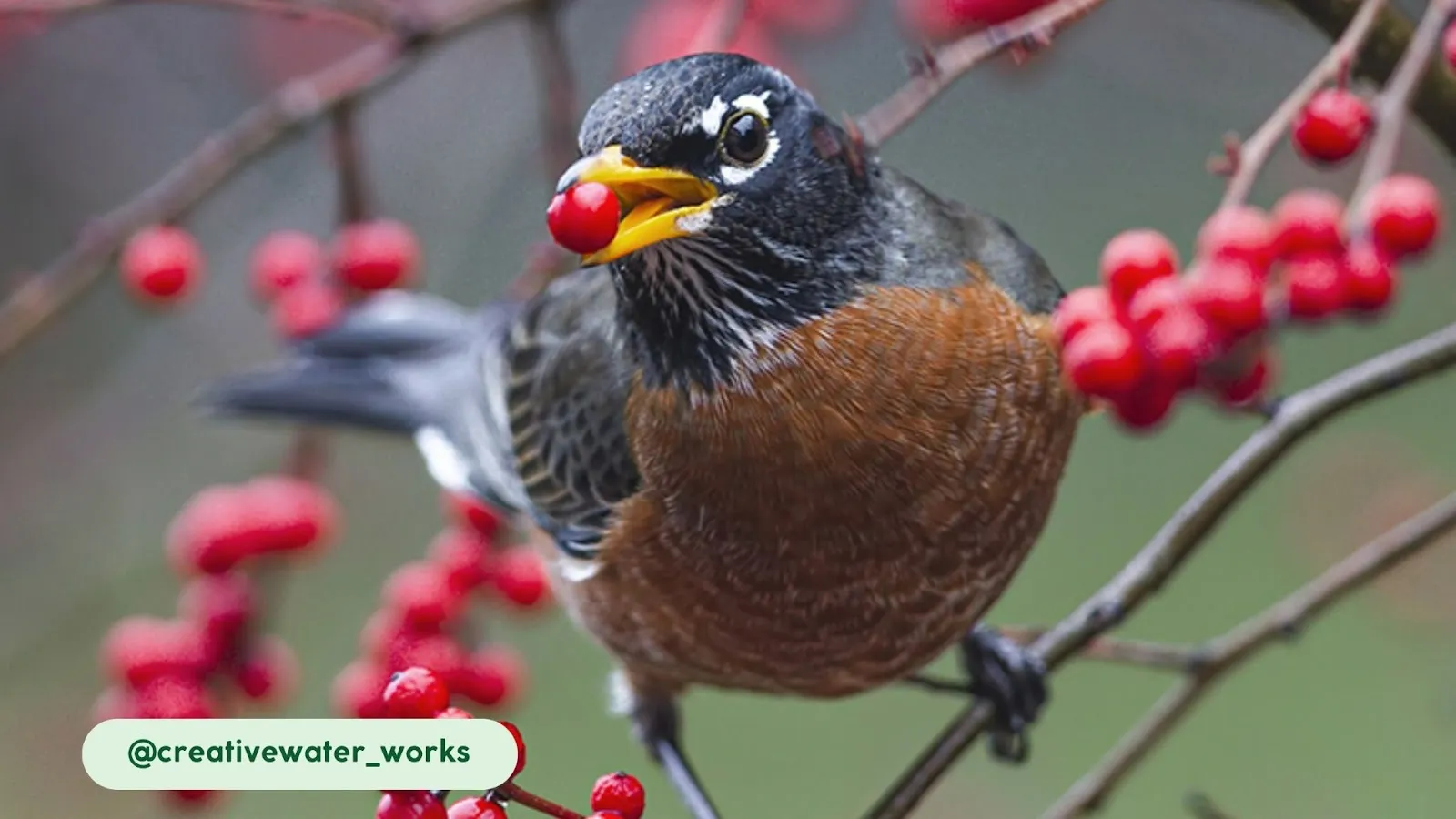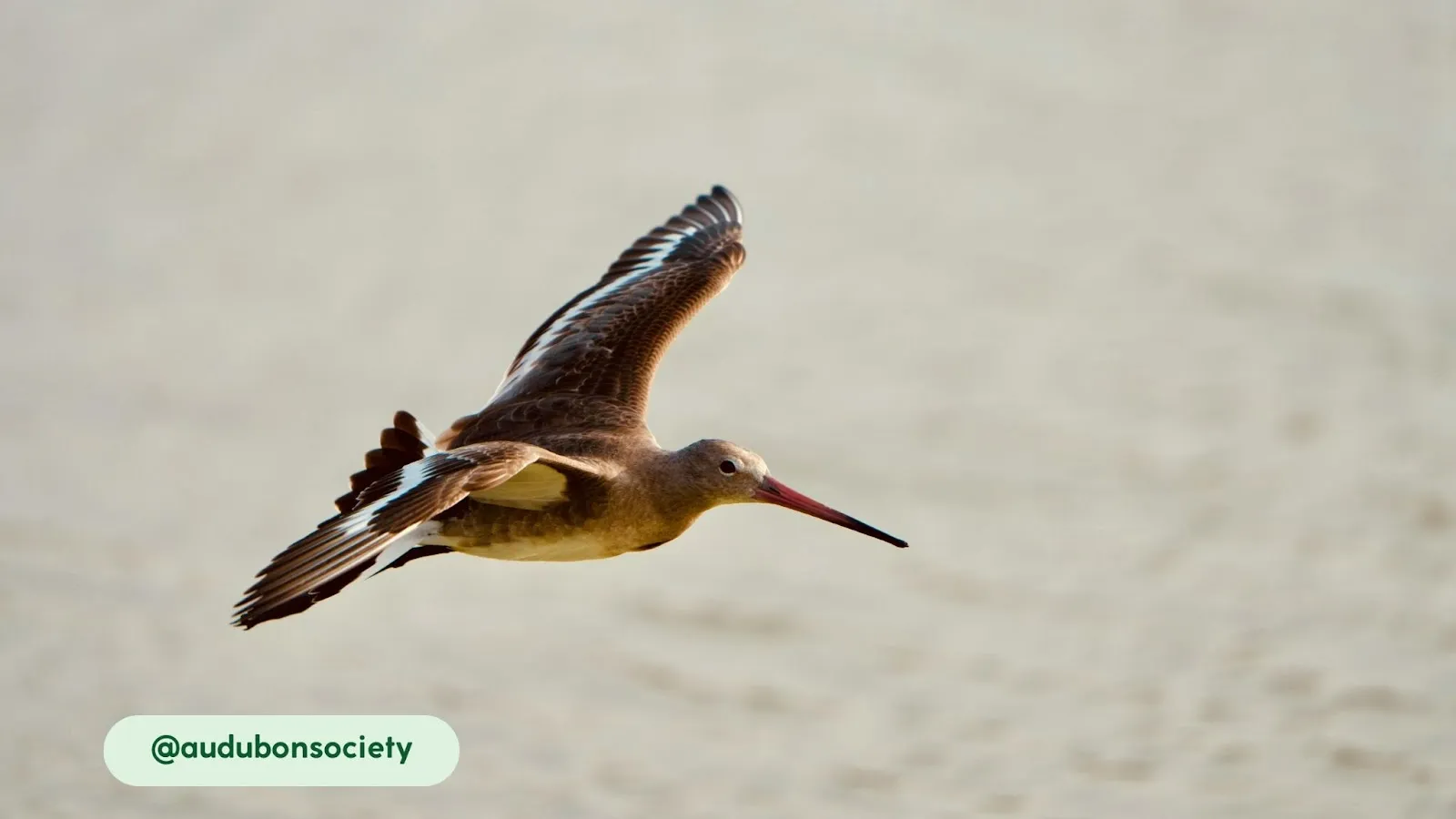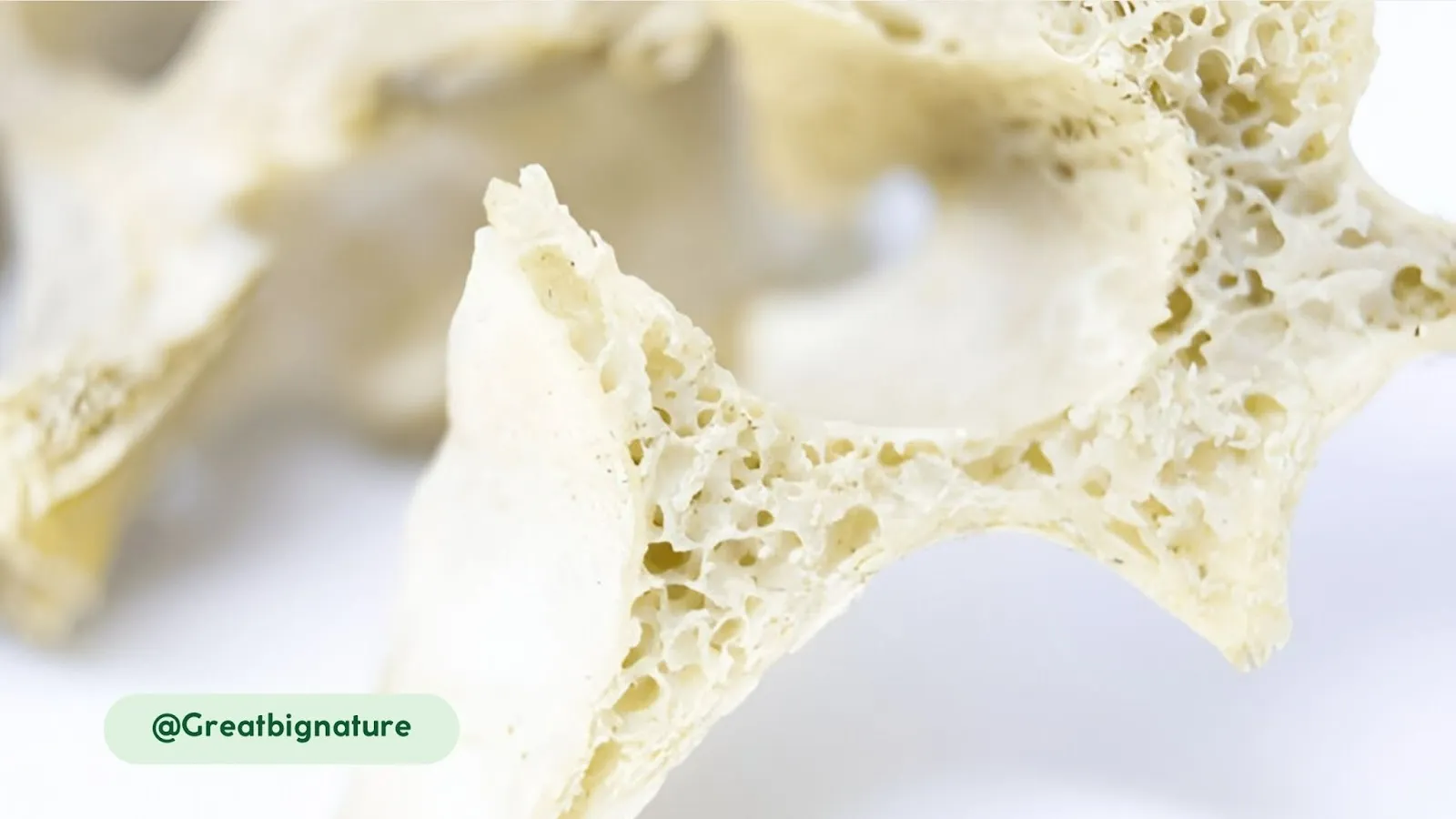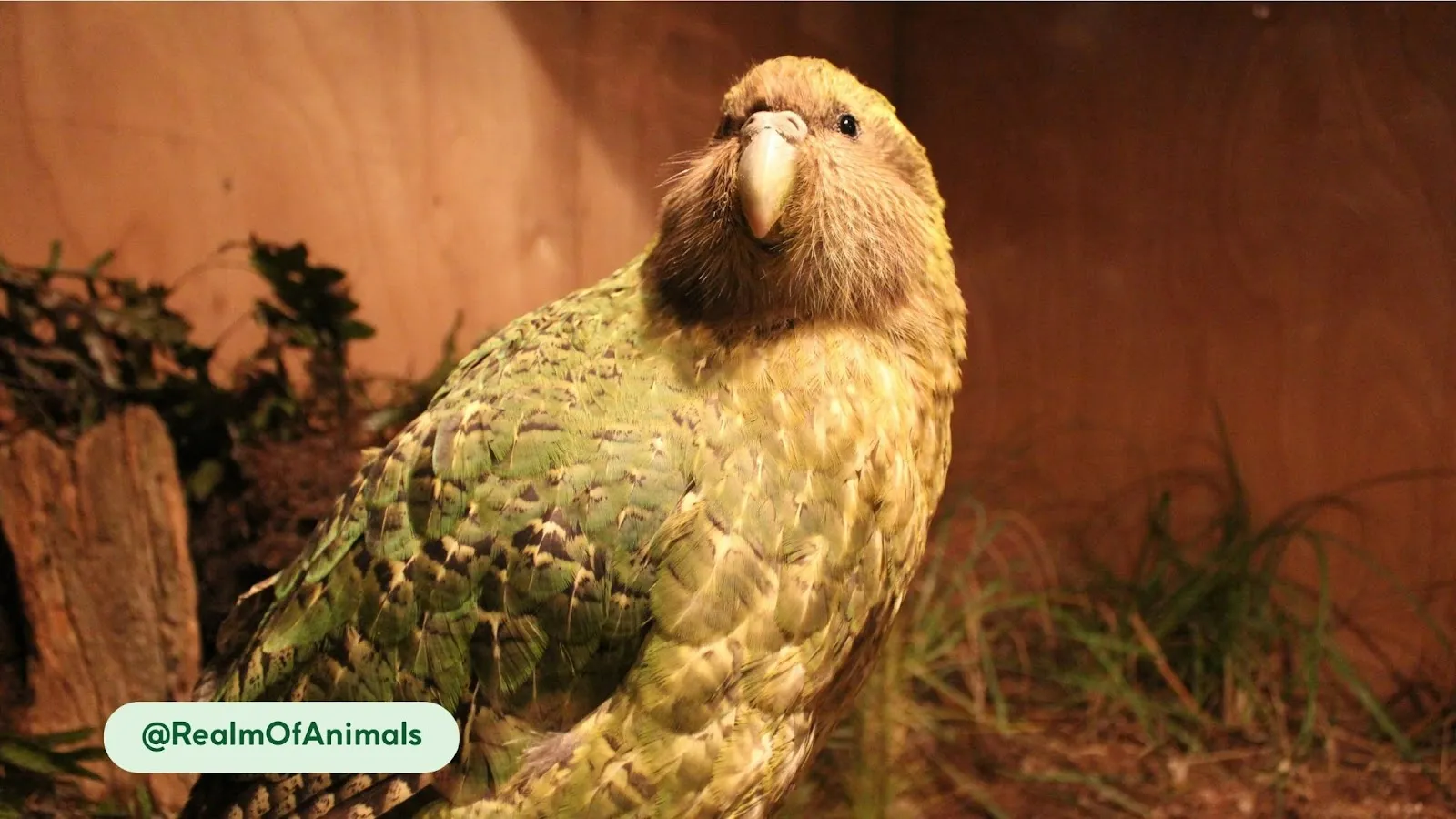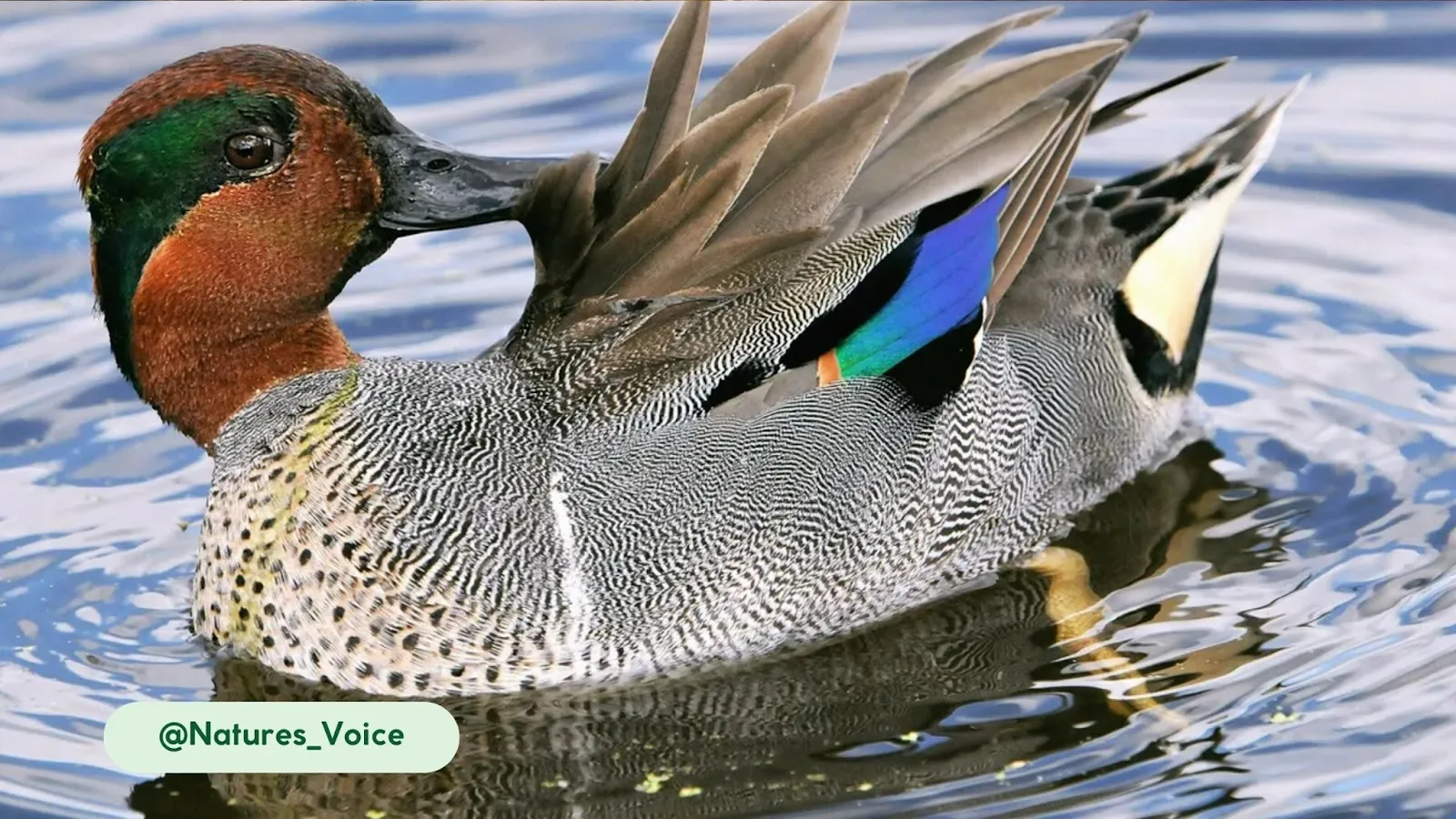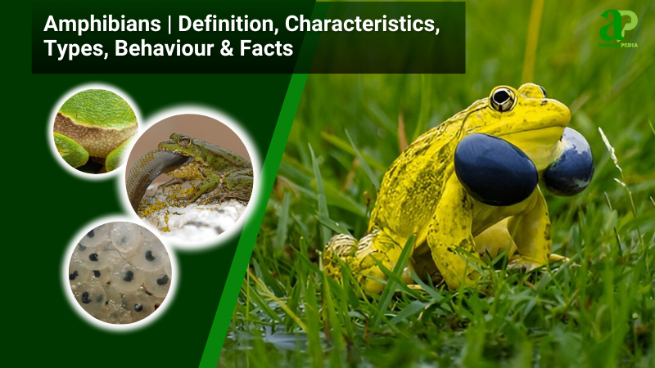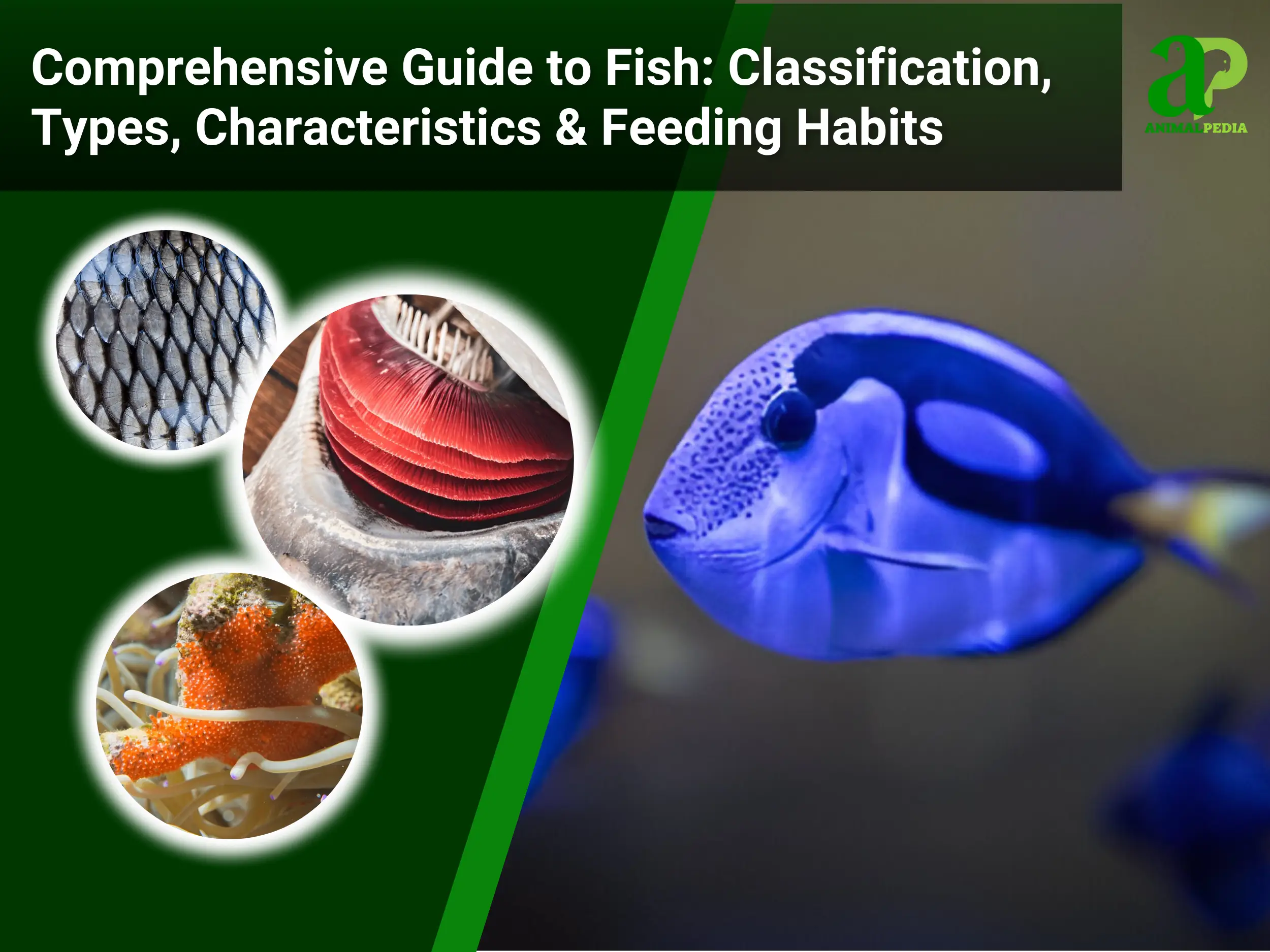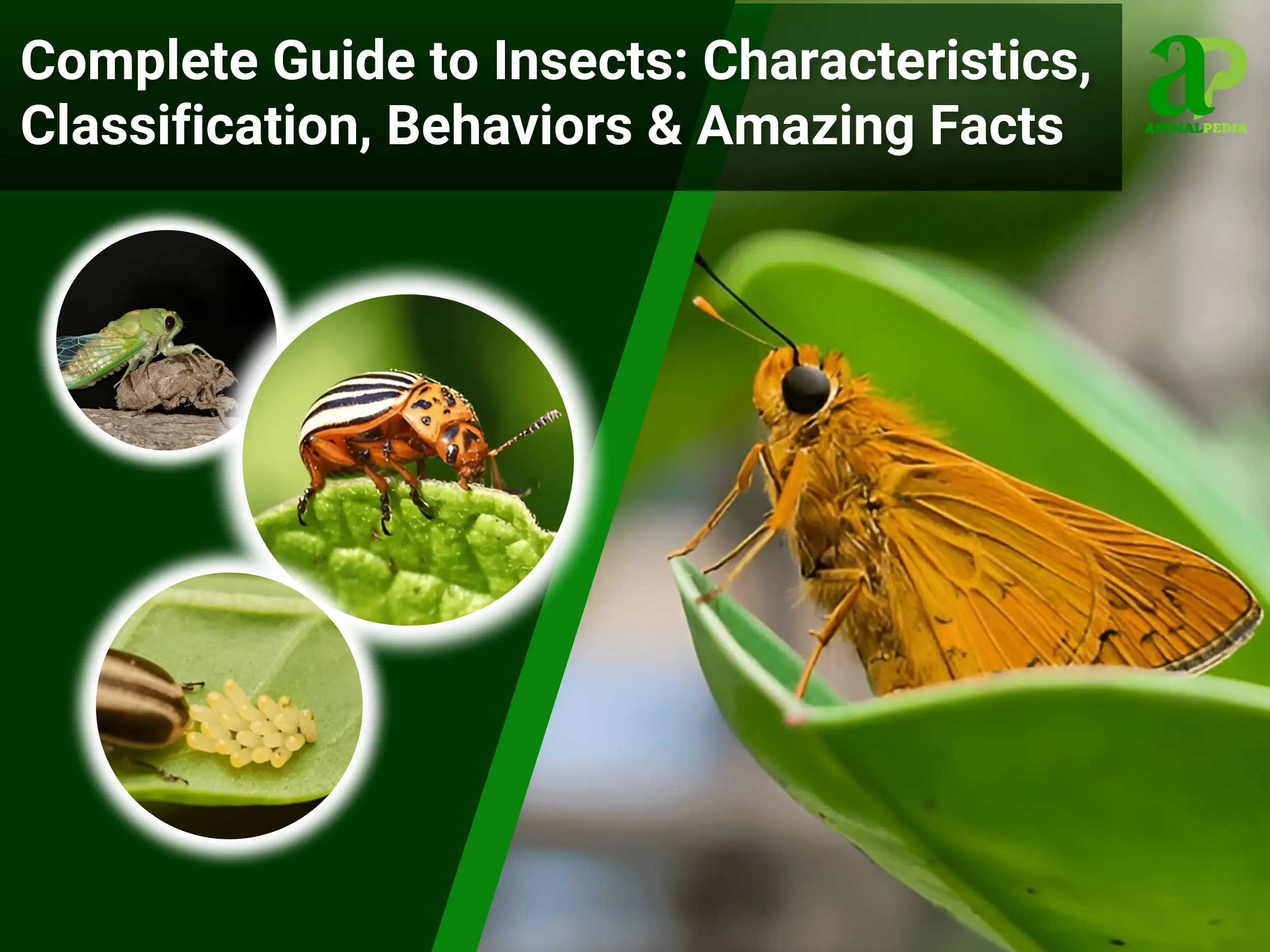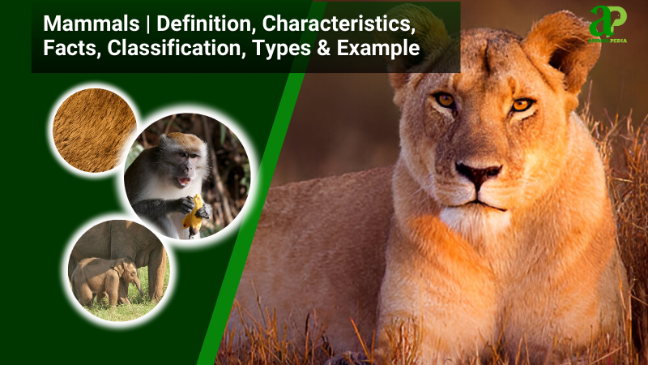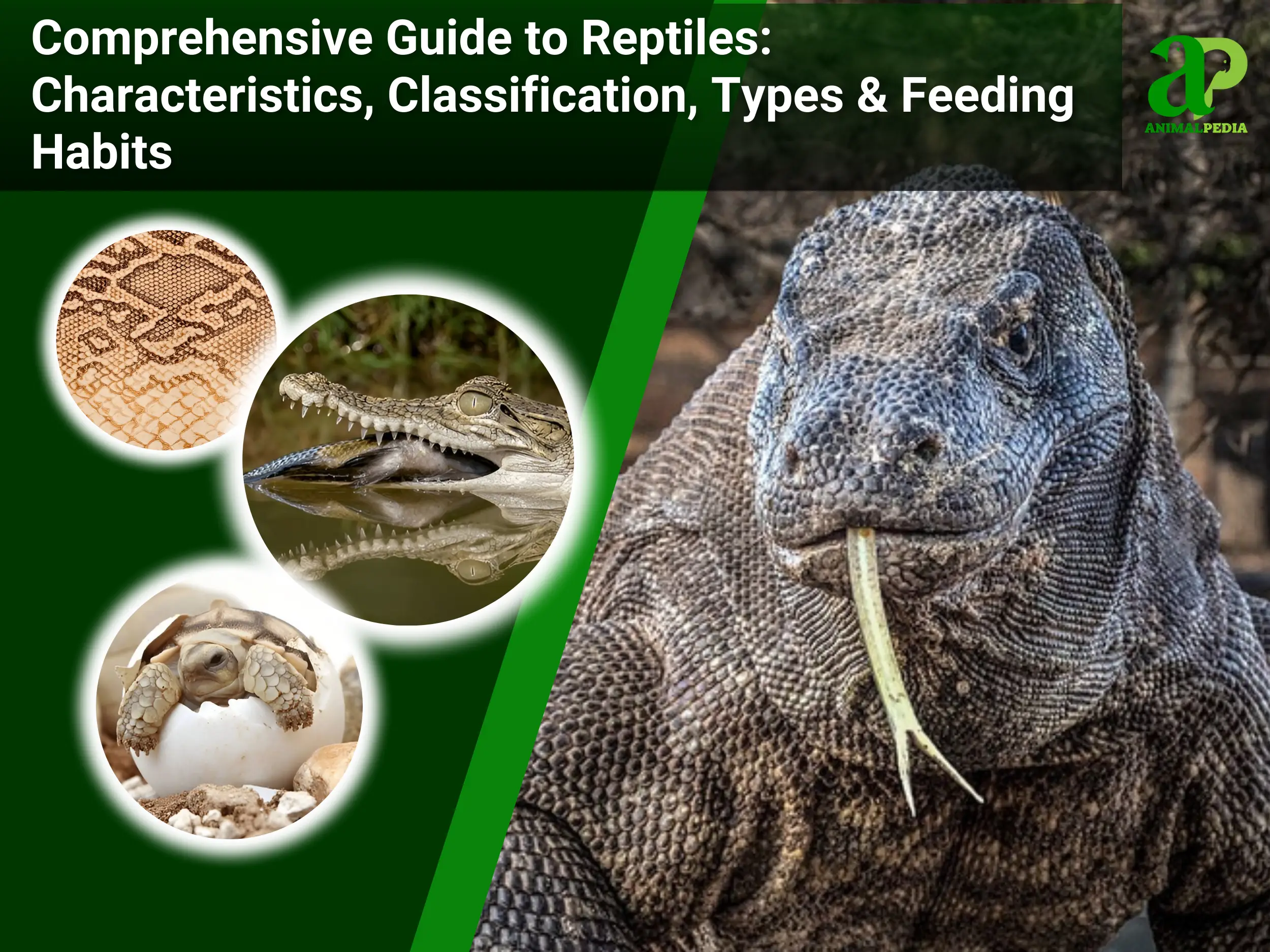Birds (class Aves) are endothermic vertebrates distinguished by their unique and defining characteristic: feathers. These intricate structures, along with beaks, hard-shelled eggs, and a lightweight yet strong skeletal system, set them apart from all other animal classes.
With an estimated 10,721 extant species categorized into over 40 distinct orders, birds have successfully colonized virtually every corner of the globe, from the polar ice caps to the equatorial rainforests [12]. Their evolutionary success is a testament to a fascinating array of behavioral features, including complex vocalizations, elaborate courtship displays, and long-distance migratory patterns, all of which are crucial for survival and reproduction.
The ecological importance of birds cannot be overstated, as they perform vital functions such as pollination, seed dispersal, and natural pest control, which are essential for maintaining healthy ecosystems.
This comprehensive guide will delve into the full spectrum of avian life, from the smallest hummingbirds to the largest ostriches, exploring their species-specific characteristics, intricate biological systems, and the amazing facts that make them such a captivating subject for students, researchers, and enthusiasts alike. With this overview in place, let’s dive into the scientific definition and fundamental nature of these incredible creatures.
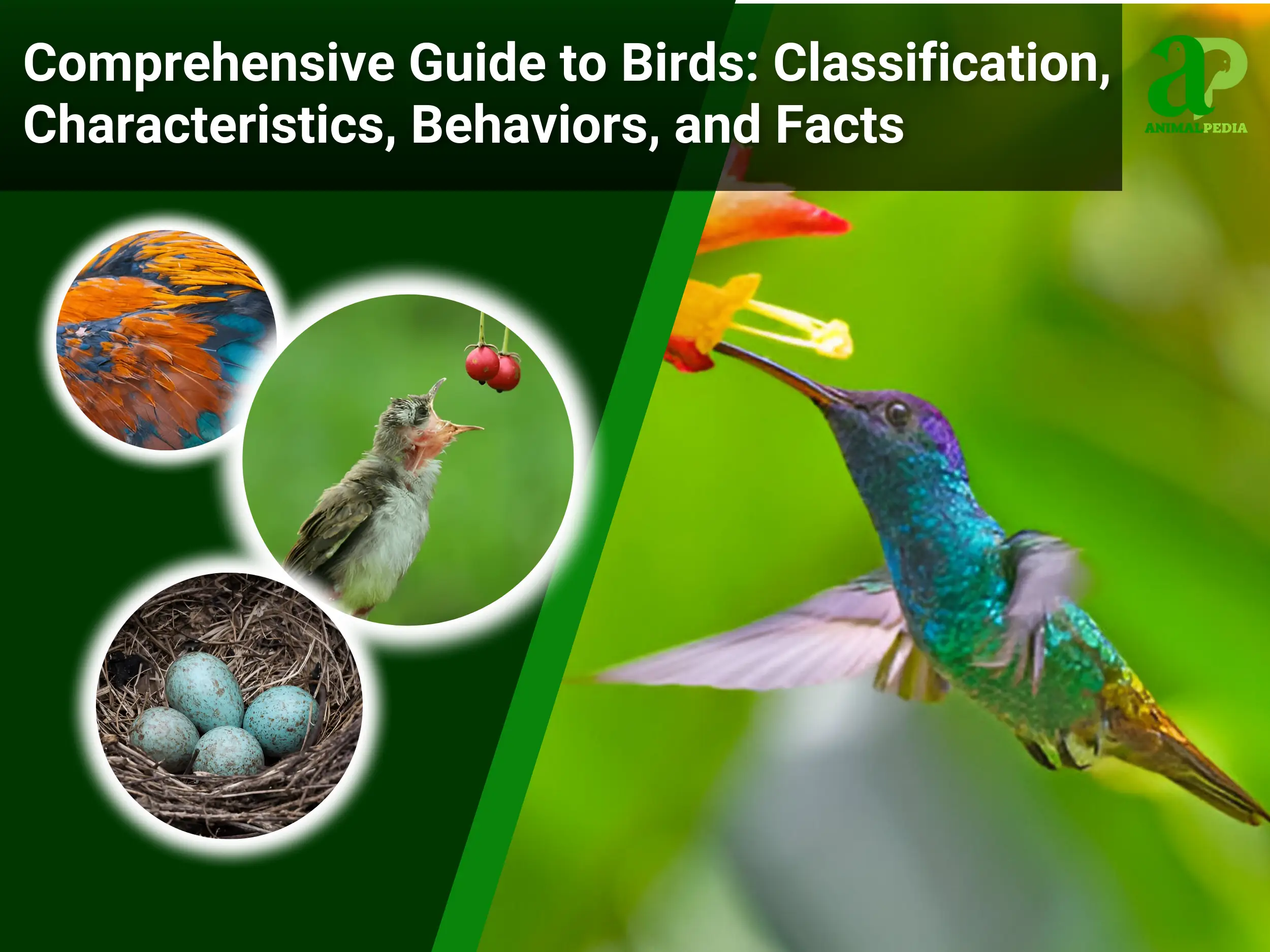
What Are Birds?
From a scientific standpoint, birds are unequivocally defined as feathered, winged, and bipedal animals that lay hard-shelled eggs. It may come as a surprise to some that modern ornithology, supported by extensive paleontological evidence, classifies birds as the direct evolutionary descendants of theropod dinosaurs, making them the only surviving lineage of these ancient reptiles [5].
This is a crucial point of clarification, as it helps to understand the deep evolutionary history and anatomical features that birds share with their dinosaurian ancestors, such as hollow bones and a three-toed foot structure. As vertebrates, they possess a backbone, placing them firmly within the kingdom Animalia and the phylum Chordata, but their unique combination of features ensures their placement in a class of their own: Aves.
This group of animals has achieved a global distribution, inhabiting every continent and ocean, from the frigid climate of Antarctica to the arid deserts of Australia. Their ability to thrive in such diverse habitats is a direct result of their incredible physiological and anatomical adaptations. But how, precisely, are these thousands of distinct species organized and categorized within the biological world?
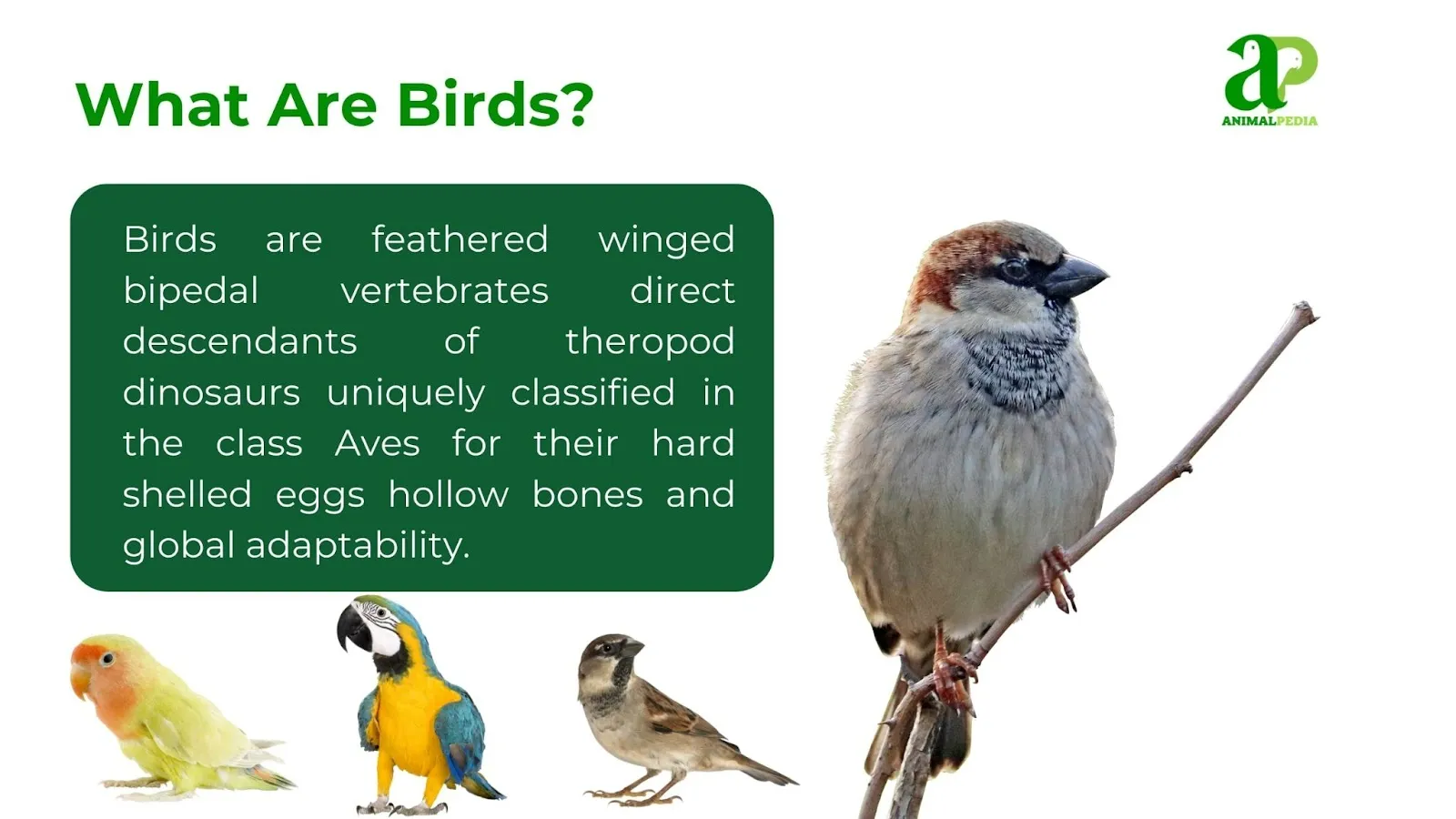
Understanding the hierarchical classification of Aves is key to comprehending the vast scale of their diversity and the relationships between different avian groups. With a clear definition in hand, you may wonder how this massive group of animals is classified. Let’s explore the main types of birds and their classifications.
What Are The Main Types of Birds?
Birds are classified into over 40 distinct orders, containing an estimated 10,721 species worldwide [12]. Among these, five orders are particularly prominent, representing a significant portion of avian diversity. These include the dominant Passeriformes (perching birds), Accipitriformes (birds of prey), Anseriformes (waterfowl), Apodiformes (swifts and hummingbirds), and Strigiformes (owls).
- Passeriformes (perching birds): Comprising over 60% of all bird species, they are characterized by a unique foot structure that allows them to perch securely on branches. Although many species are famous for complex songs, there are conflicting views on the definition of a “songbird.”
- Accipitriformes (diurnal birds of prey): They are apex predators with sharp talons, hooked beaks, and exceptional vision. This group includes eagles and hawks, which play a role in regulating prey populations in the food chain.
- Anseriformes (waterfowl): This specialized group of waterfowl is adapted for aquatic life characterized by webbed feet and waterproof plumage. They are skilled divers and swimmers, playing a significant role in seed dispersal and controlling aquatic vegetation.
- Apodiformes (swifts and hummingbirds): Known for their fast and agile flight. Hummingbirds can hover, making them important pollinators for many flowers, creating a co-evolutionary relationship.
- Strigiformes (owls): They are nocturnal predators with forward-facing eyes, silent flight capabilities, and phenomenal hearing. Through this role, they make a significant contribution to natural pest control.
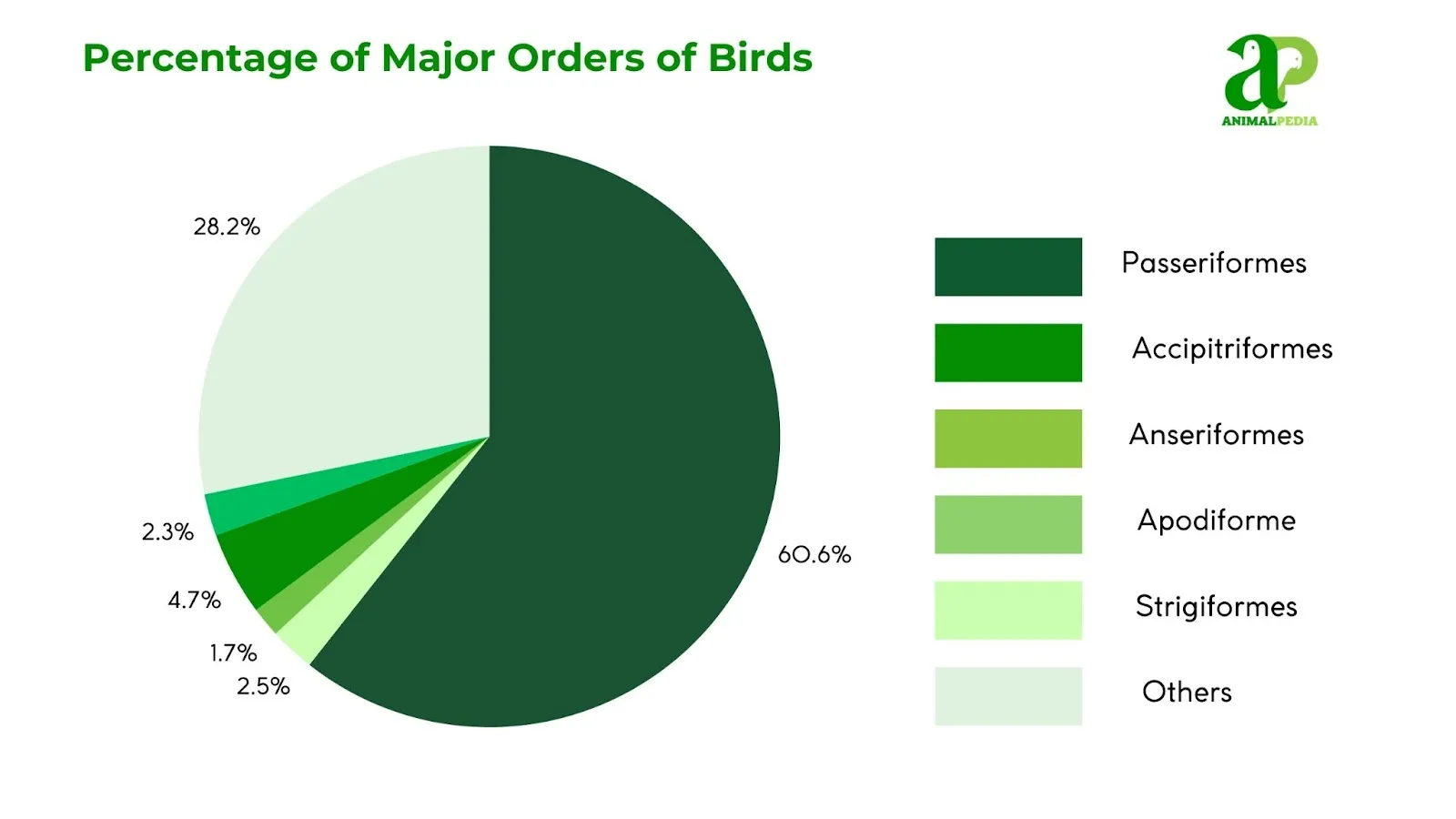
To gain a better understanding of this diversity, let’s explore each prominent bird order in more detail, starting with the most dominant one.
Order Passeriformes (perching birds)
Passeriformes, or perching birds, are distinguished by a unique foot structure (anisodactyl), with three toes pointing forward and one pointing back, which allows them to perch securely on branches. This group is incredibly successful, comprising over 60% of all avian species globally [12].
While traditionally considered “songbirds” for their complex vocalizations, recent opposing views suggest that this definition overlooks a vast subset of “suboscine” passerines (suborder Tyranni) that do not have true songs.
Distributed across every continent except Antarctica, they exhibit a range of behaviors from intricate nest-building to elaborate courtship displays. Examples include the American Robin and the European Starling, which play vital roles as seed dispersers and pest controllers in various ecosystems.
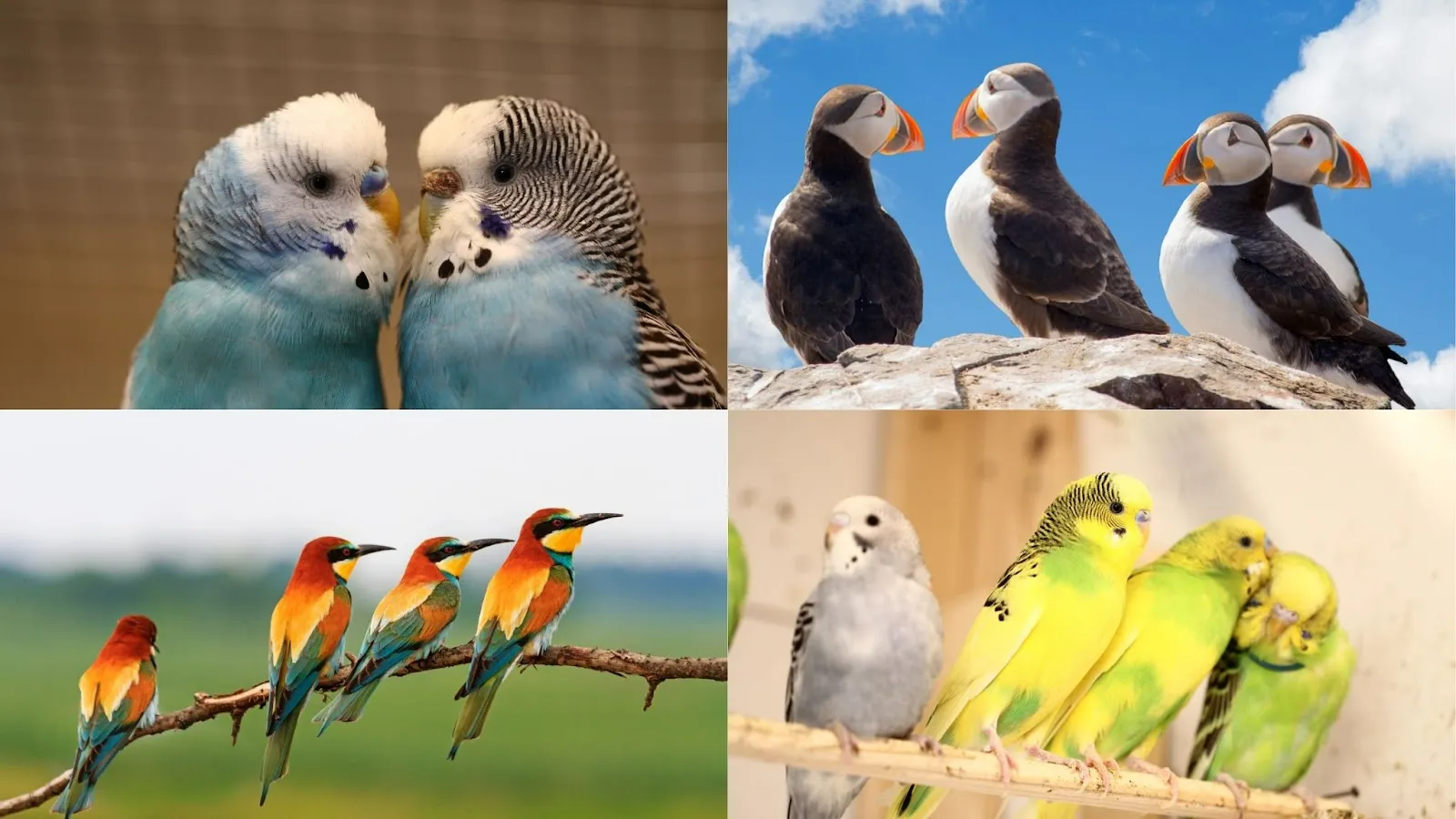
Order Accipitriformes (diurnal birds of prey)
Accipitriformes are a group of diurnal (daytime) raptors defined by their formidable hunting abilities, sharp talons, and hooked beaks. This order includes approximately 260 species worldwide.
Their key physical trait is exceptional visual acuity, which is up to eight times sharper than that of a human, allowing them to spot prey from great heights. They are masters of soaring flight, utilizing thermals to conserve energy while hunting.
While they are crucial apex predators, some researchers debate the extent of their impact on prey populations, suggesting their role might be more balanced than previously thought. The Bald Eagle and Red-tailed Hawk are iconic examples, regulating populations of smaller animals and maintaining ecosystem health across their global distribution.
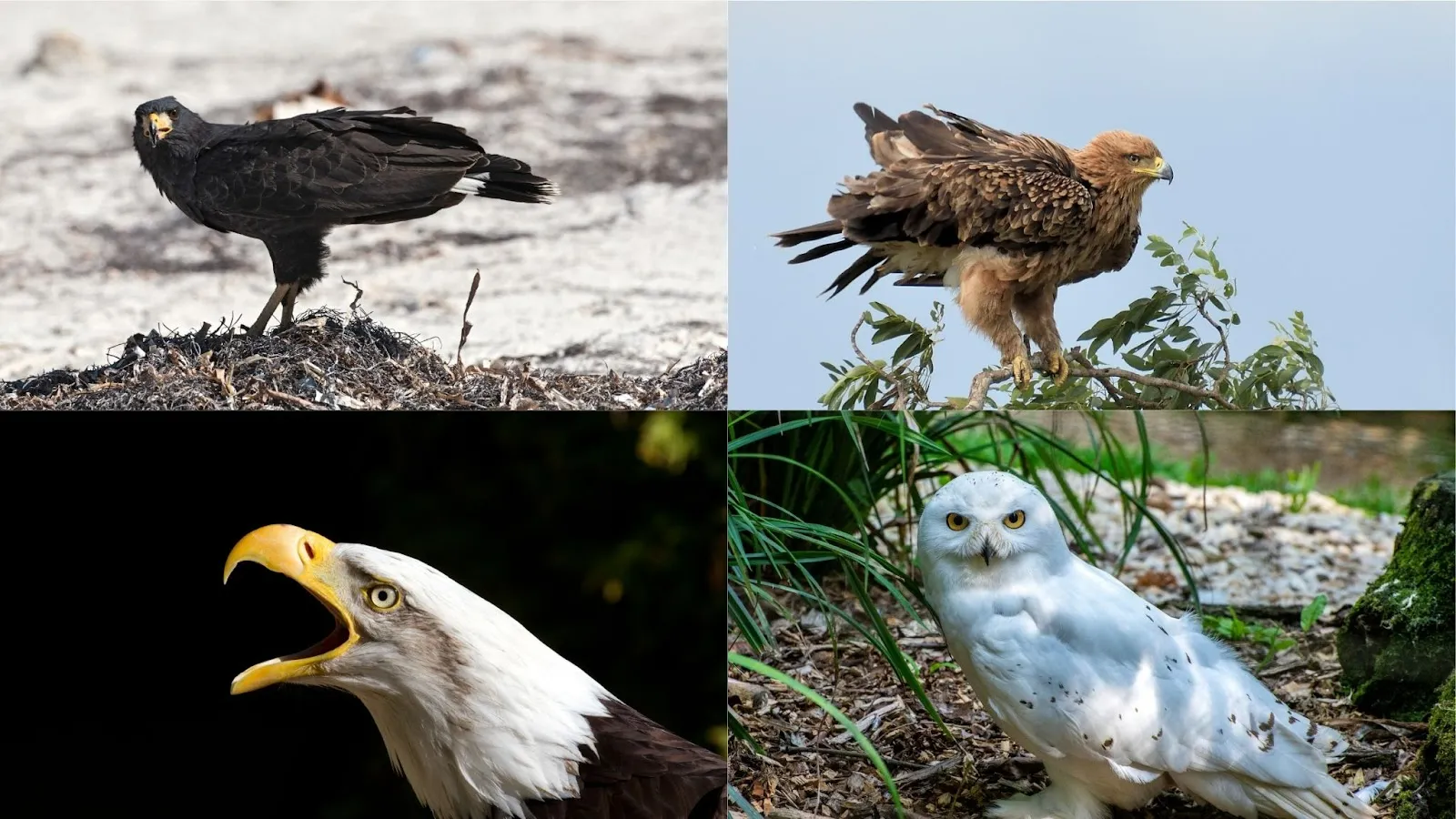
Order Anseriformes (waterfowl)
Anseriformes, or waterfowl, are a highly specialized group of aquatic birds, comprising roughly 170 species in three main families, including Anatidae (ducks, geese, and swans). Their definitive answer is a suite of adaptations for an aquatic lifestyle, most notably webbed feet for efficient swimming and a waterproof plumage maintained by preen oil.
These birds are found globally and exhibit key behaviors, such as dabbling for food in shallow water or diving for submerged vegetation. While they are a vital food source for many ecosystems, there is an ongoing debate about the ecological impact of large flocks on water quality and vegetation in certain habitats. The Mallard Duck and Canada Goose are well-known examples, playing roles as both grazers and seed dispersers in their habitats.
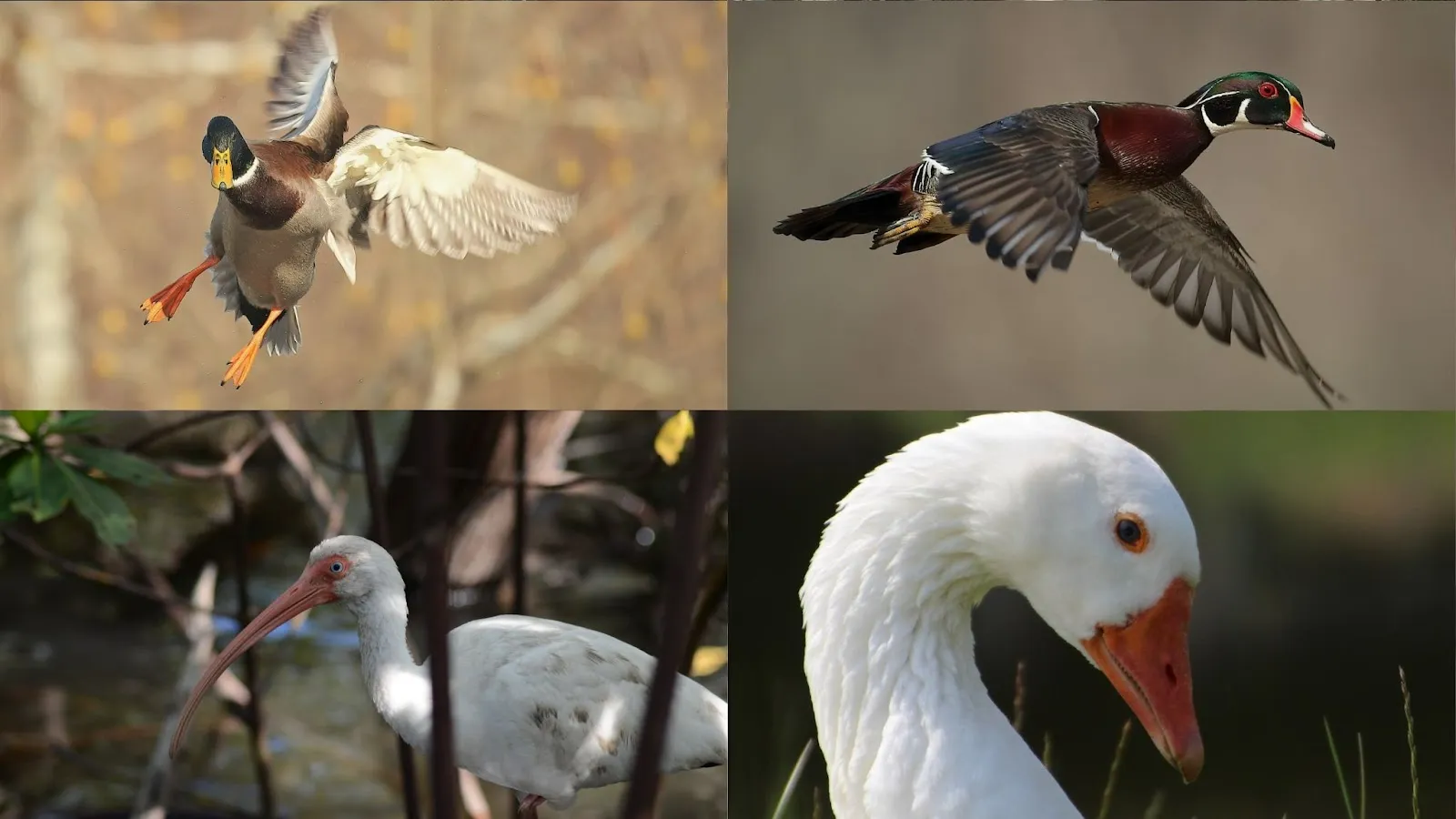
Order Apodiformes (swifts and hummingbirds)
The order Apodiformes, meaning “no feet,” consists of swifts and hummingbirds. This name is slightly misleading; while they have feet, they are extremely small and primarily used for perching, not walking. This group comprises approximately 450 species and is characterized by a unique skeletal structure that enables incredibly fast and agile flight.
Hummingbirds, in particular, have the ability to hover by beating their wings up to 80 times per second. They are geographically widespread, with hummingbirds exclusive to the Americas and swifts found almost everywhere. A central ecological role is that of pollination, with hummingbirds serving as key pollinators for many flowering plants, creating a co-evolutionary relationship.
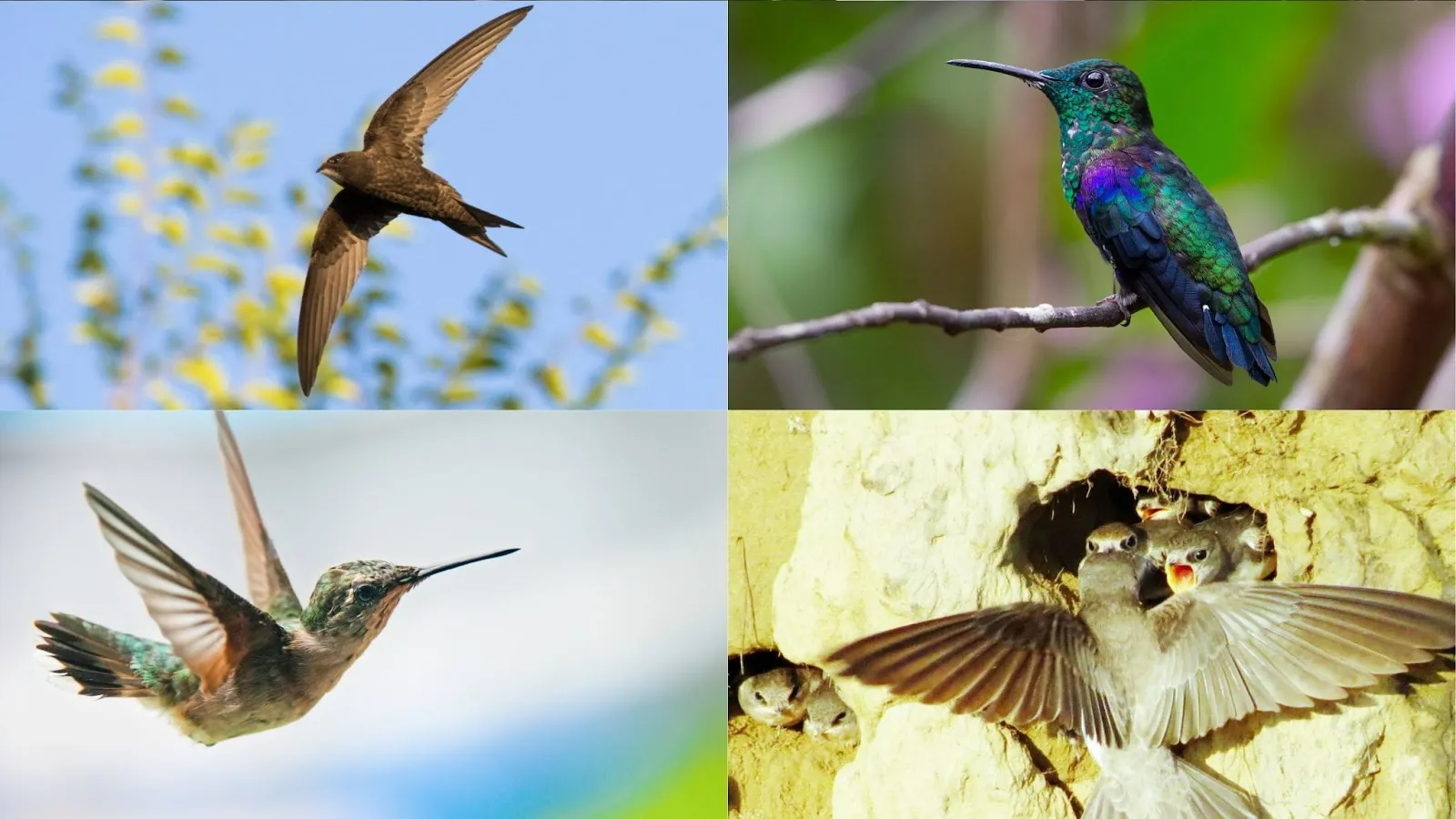
Order Strigiformes (owls)
Strigiformes, or owls, are a distinctive order of primarily nocturnal predators, encompassing about 250 species worldwide in two families: the barn owls (Tytonidae) and the true owls (Strigidae). The defining trait of owls is a unique combination of forward-facing eyes for binocular vision, a silent flight mechanism due to specialized feathers, and exceptional hearing aided by asymmetrical ear openings.
These adaptations make them highly effective hunters in low-light conditions. While their predatory role is essential for natural pest control, some conservationists raise concerns about the impact of rodenticide poisoning on owl populations. The Barn Owl and the Great Horned Owl are classic examples found globally, occupying a crucial position at the top of their food chains.
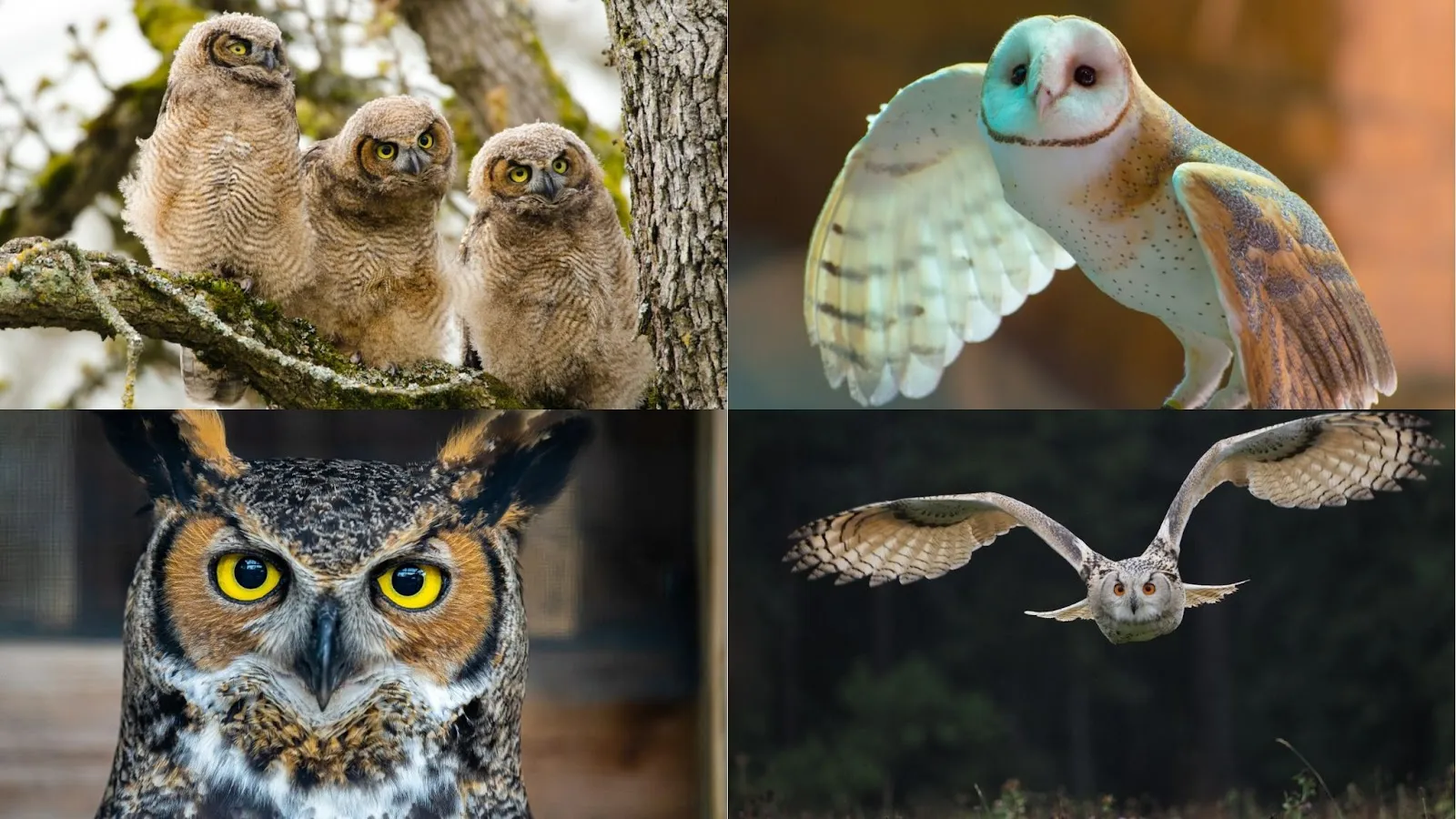
With the main orders now understood, we can appreciate the incredible variety within the class Aves. Let’s take a closer look at a comprehensive list of examples, from the common to the iconic.
Complete List and Examples of Birds
Avian diversity is immense, and while all birds share fundamental traits, they can be broadly categorized based on their behavior, size, and the specific environments they inhabit.
These examples provide a representative snapshot of the vast array of forms and functions found within the class Aves, demonstrating how these animals have evolved to fill countless ecological niches around the world.
Commonly Encountered Examples
These are the species that often coexist with human populations, demonstrating adaptability to urban and suburban environments.
- Rock Pigeon (Columba livia): An incredibly widespread and common sight in cities globally, known for its ability to thrive in close proximity to humans.
- House Sparrow (Passer domesticus): A small but resilient bird with a global distribution that is often found in both urban and rural settings.
- American Robin (Turdus migratorius): A ubiquitous sight in North American yards and parks, easily recognized by its red-orange breast and ground-foraging behavior.
- European Starling (Sturnus vulgaris): An invasive yet successful species known for its iridescent plumage and complex flock movements, demonstrating a high degree of intelligence and social behavior.
Large and Iconic Examples
This category includes some of the largest and most culturally significant birds, which often occupy the role of apex predators or are celebrated for their immense size.
- Bald Eagle (Haliaeetus leucocephalus): A symbol of national pride in the United States, this large bird of prey from North America has a wingspan of up to 7 feet (2.1 m) and is a formidable hunter of fish and other small animals.
- Ostrich (Struthio camelus): A flightless bird native to Africa that can grow to over 9 feet (2.7 m) in height and weigh up to 320 lbs (145 kg), making it the largest living bird species.
- Emperor Penguin (Aptenodytes forsteri): An iconic example and a master of the Antarctic marine environment, this species is the largest of all penguins, standing approximately 4 feet (1.2 m) tall and weighing around 88 lbs (40 kg).
Specialized or Unique Habitats Examples
These species are uniquely adapted to specific environmental conditions, highlighting the incredible diversity of avian evolutionary solutions.
- Arctic Tern (Sterna paradisaea): Holds the record for the longest migration, traveling from the Arctic to the Antarctic and back each year, covering a round trip of up to 50,000 miles (80,000 km).
- Belted Kingfisher (Megaceryle alcyon): A specialized piscivore with a powerful bill for catching fish in freshwater habitats, often seen hovering over the water before a swift dive.
- Southern Cassowary (Casuarius casuarius): A large, flightless bird from New Guinea and Australia that plays a crucial ecological role as a seed disperser, consuming large fruits that other animals cannot.
A-Z Reference List
This alphabetical list provides a brief overview of diverse bird species, showcasing the breadth of the class Aves with their common names, scientific names, typical habitats, and general sizes.
- American Robin (Turdus migratorius) – North America, 9-11 in (23-28 cm)
- Bald Eagle (Haliaeetus leucocephalus) – North America, 2.5-3.5 ft (76-107 cm)
- Barn Owl (Tyto alba) – Global, 13-16 in (33-41 cm)
- Canada Goose (Branta canadensis) – North America, 2.5-3 ft (76-91 cm)
- Common Kingfisher (Alcedo atthis) – Europe, Asia, 6-7 in (15-18 cm)
- Emperor Penguin (Aptenodytes forsteri) – Antarctica, 3.5-4 ft (107-122 cm)
- Great Hornbill (Buceros bicornis) – Southeast Asia, 3-4 ft (91-122 cm)
- Hoopoe (Upupa epops) – Africa, Asia, Europe, 10-12 in (25-30 cm)
- Hummingbird (Trochilidae) – Americas, 3-5 in (7-13 cm)
- Mallard Duck (Anas platyrhynchos) – Global, 20-26 in (51-66 cm)
- Ostrich (Struthio camelus) – Africa, 7-9 ft (213-274 cm)
- Peregrine Falcon (Falco peregrinus) – Global, 13-19 in (33-48 cm)
- Rock Pigeon (Columba livia) – Global, 11-13 in (28-33 cm)
- Red-tailed Hawk (Buteo jamaicensis) – Americas, 1.5-2 ft (46-61 cm)
- Ruby-throated Hummingbird (Archilochus colubris) – Eastern North America, 3-3.5 in (8-9 cm)
- Southern Cassowary (Casuarius casuarius) – New Guinea, Australia, 5-6 ft (152-183 cm)
- Turkey Vulture (Cathartes aura) – Americas, 2-2.5 ft (61-76 cm)
- Woodpecker (Picidae) – Global, 6-20 in (15-51 cm)
- Wren (Troglodytidae) – Americas, Europe, 3-6 in (8-15 cm)
- Zebra Finch (Taeniopygia guttata) – Australia, 4 in (10 cm)
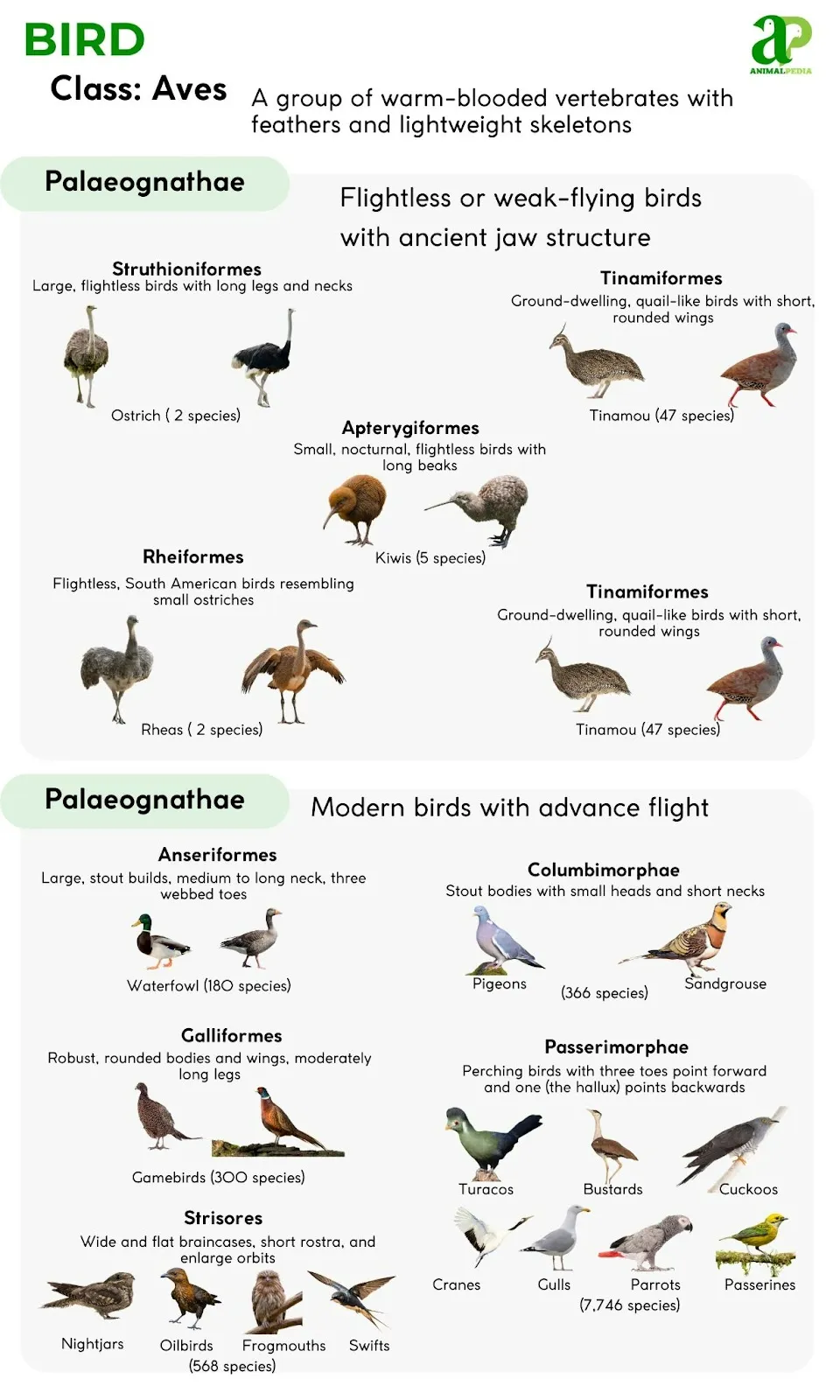
With these examples, a clear question arises: what are the fundamental characteristics that tie them all together? Let’s delve into the five key traits that define every single bird.
What Are The Key Characteristics of Birds?
All birds share five key characteristics that distinguish them from other animal groups: feathers, a beak without teeth, the laying of hard-shelled eggs, a lightweight yet strong skeleton, and endothermy [11]. These traits have evolved over millions of years to support their high-energy lifestyle, enabling them to dominate aerial habitats and colonize nearly every terrestrial environment on Earth.
- Feathers: A unique and defining trait, feathers are complex growths providing insulation and a streamlined body for flight. They likely evolved from ancient dinosaurs for insulation and display purposes before being repurposed for flight, a process known as exaptation. This evolutionary history highlights a key adaptation that contributed to avian success.
- Beak without Teeth: This adaptation reduces head weight, a vital factor for powered flight. The beak’s shape and size are highly specialized for its diet, whether cracking seeds or tearing flesh. The loss of teeth was a key evolutionary event, replaced by a versatile and efficient tool.
- Hard-Shelled Eggs: As a key reproductive strategy, hard-shelled eggs offer superior protection against dehydration and predators. The calcareous shell provides a rigid structure that can withstand stress while still allowing for essential gas exchange, enabling birds to reproduce successfully across diverse climates.
- Lightweight yet Strong Skeleton: The avian skeleton is a marvel of evolutionary engineering. Many bones are hollow, filled with air sacs (pneumatic bones), while a fused backbone and sternum provide a rigid, powerful frame. This structure reduces body mass without compromising the strength needed for flight.
- Endothermy: Birds are warm-blooded, meaning they can regulate their own body temperature. This physiological ability enables the high metabolic rate necessary for sustained flight, allowing birds to thrive in diverse and often extreme environments. This is a crucial adaptation for their energetic lifestyle.
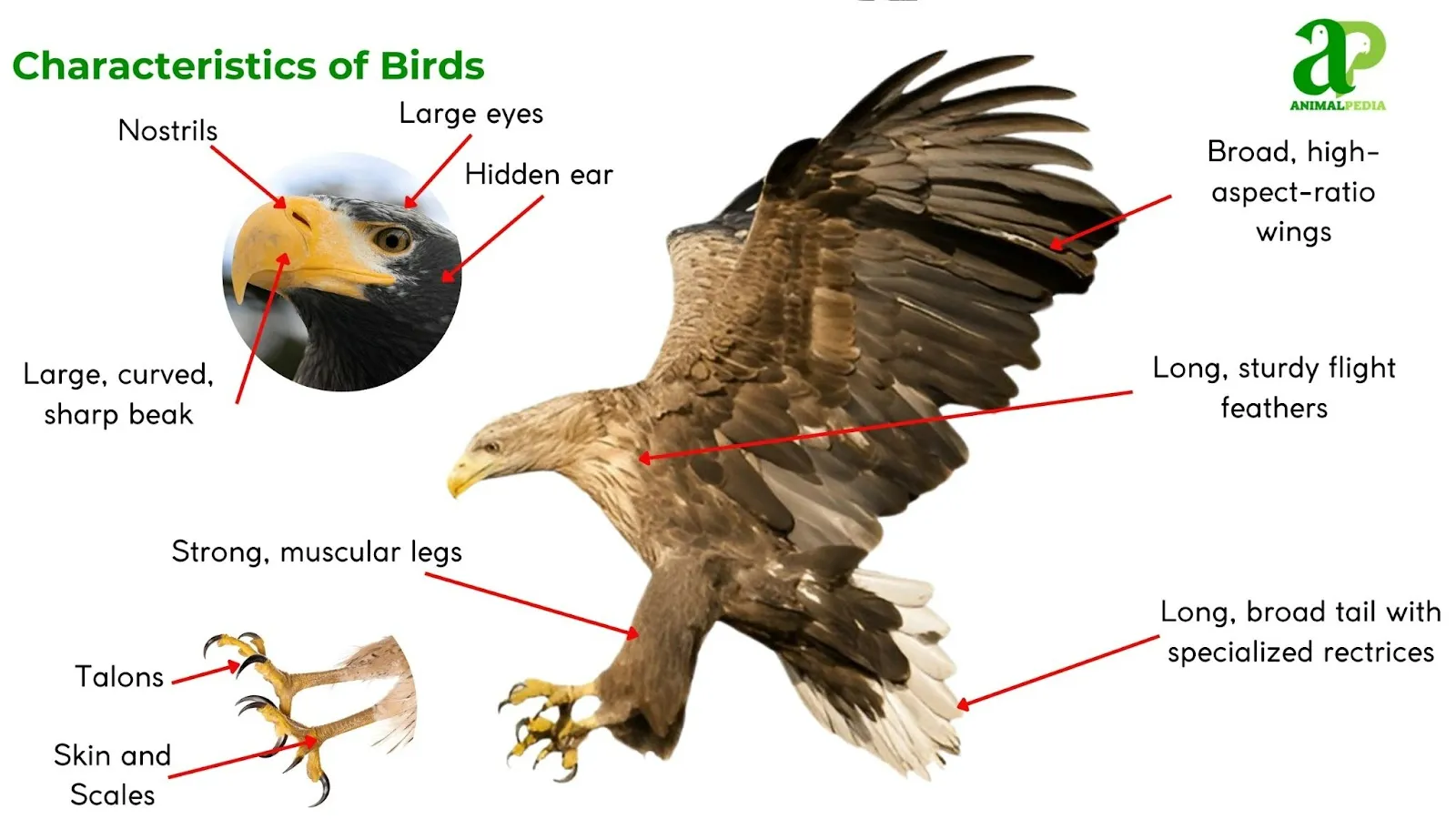
These fundamental characteristics are not isolated features but an interconnected suite of adaptations. The lightweight skeleton and feathers combine to make flight possible, while endothermy provides the consistent energy needed for this strenuous activity. This synergy of traits has allowed birds to become one of the most successful and widespread vertebrate groups on the planet, thriving in environments that are inaccessible to many other animals.
Now that we understand the key characteristics, a deeper question arises: Where did these unique traits originate? Let’s trace the fascinating evolutionary journey that led to the birds we know today.
How did Birds evolve?
Birds first appeared in the Late Jurassic period, approximately 150 million years ago, as small, feathered theropod dinosaurs. The iconic fossil of Archaeopteryx lithographica serves as a crucial transitional species, exhibiting a mosaic of both reptilian features (a long bony tail and teeth) and avian traits (feathers and wings) [5]. The evolution of birds is a testament to a series of key innovations that began with their dinosaurian ancestors.
These include the development of feathers, which initially served for insulation and display, as well as the acquisition of a lightweight, fused skeleton with pneumatic bones —a crucial prerequisite for powered flight. This narrative directly addresses the common misconception that birds evolved from dinosaurs, when in fact, they are a surviving branch of the dinosaur family tree, making them the only living dinosaurs.
The lineage that survived the devastating Cretaceous-Paleogene extinction event, which wiped out most dinosaur species, underwent a period of adaptive radiation during the Paleogene period. This event created new ecological niches, allowing ancestral bird groups to diversify rapidly into the wide range of forms we see today, from the flightless ratites to the dominant perching birds (Passeriformes).
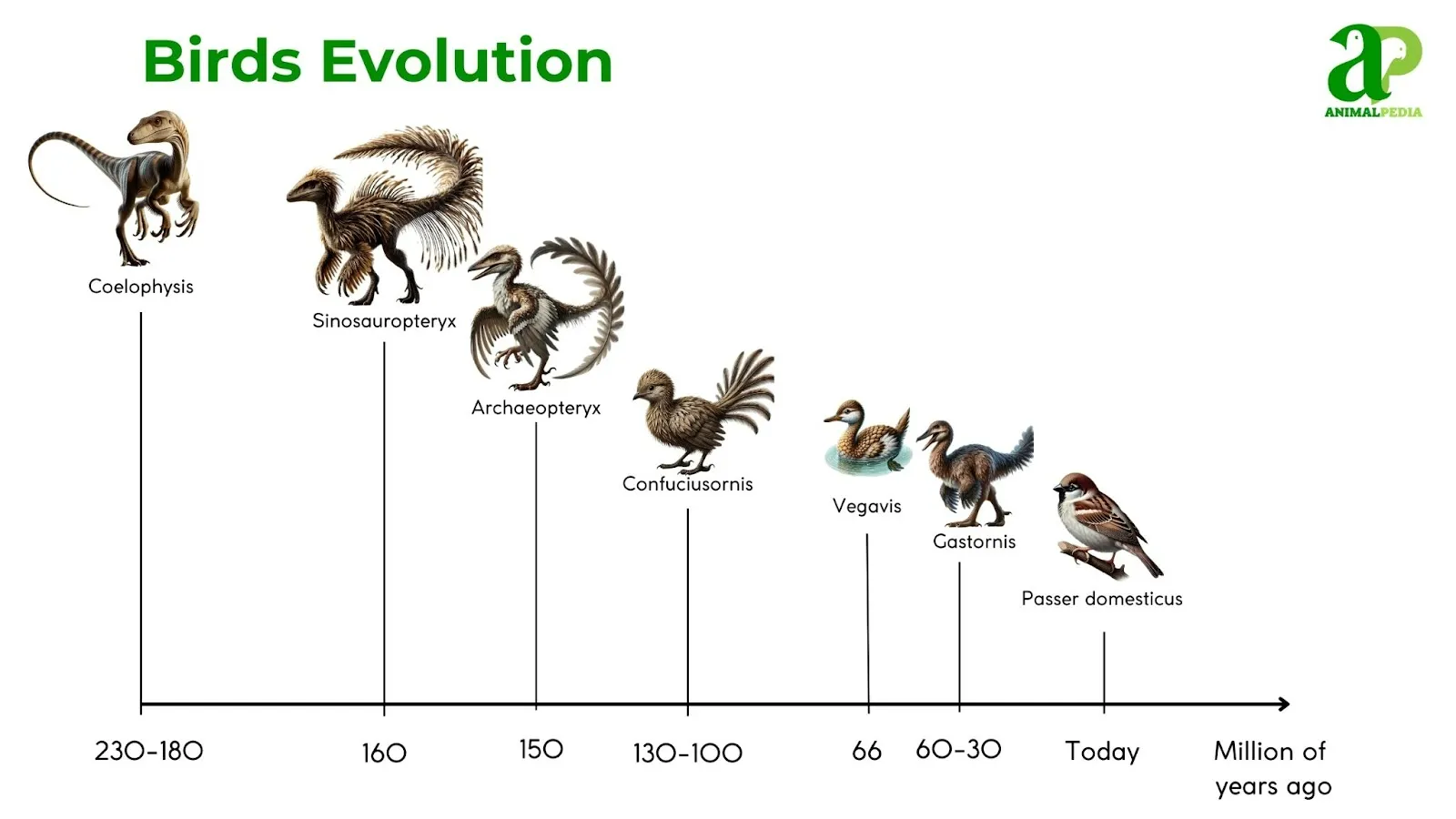
The deep evolutionary relationship between ancient and modern avian groups is consistently supported by fossil evidence and modern genetic analysis, revealing the incredible resilience and adaptability of this lineage.
After understanding their long evolutionary journey, a natural question arises: Where can we find these dinosaur descendants on Earth today?
Where Do Birds Live?
Birds inhabit virtually every terrestrial and marine habitat across the globe, from the extreme latitudes of the Arctic and Antarctic to the equatorial tropics [21]. This cosmopolitan distribution is a direct result of their ability to occupy a diverse range of ecological niches, a feat enabled by physiological and behavioral adaptations.
Their habitat preferences span a wide spectrum, including densely forested biomes, arid deserts, expansive wetlands, and the open ocean, with specific species adapted to the unique challenges of each environment. While the equatorial regions, particularly tropical rainforests, host the greatest avian biodiversity, specialized groups of birds have evolved to thrive in high-altitude mountainous terrains and even the perpetually cold polar regions.
The distribution of birds is often constrained by both climate and geographical barriers. While many species are migratory, moving seasonally to exploit food resources and suitable breeding grounds, others are endemic, found only in a specific, often isolated, geographical area. For example, the Southern Cassowary (Casuarius casuarius) is native exclusively to the rainforests of New Guinea and northeastern Australia, showcasing a profound level of habitat specialization.
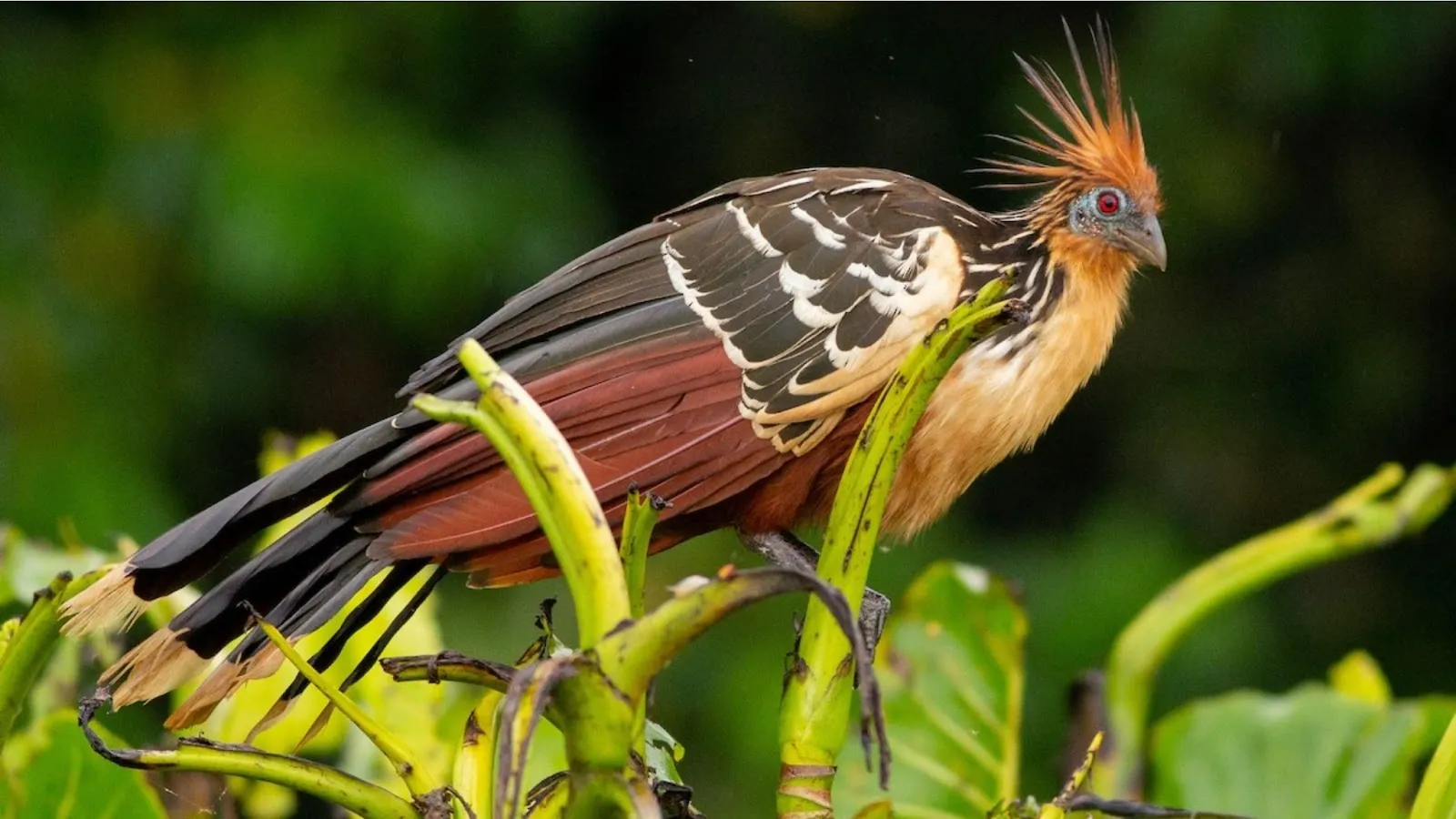
This ability to adapt and specialize has allowed birds to establish a presence in nearly every corner of the planet, making them a testament to evolutionary flexibility. Their global distribution is impressive, but it’s their complex behaviors that truly captivate us.
Let’s take a closer look at the intricate actions that define their lives, from courtship to survival.
How Do Birds Behave?
Beyond their distinctive anatomy, birds exhibit an intricate suite of behaviors shaped by their unique physiology. These behaviors, crucial for survival and reproduction, can be categorized into four primary domains: diet and feeding strategies, reproduction and development, movement and locomotion, and communication and defense.
- Birds have diverse diets, with specialized beaks and talons adapted for different types of food. Their high metabolism requires frequent, efficient foraging to sustain flight and body temperature.
- All birds lay hard-shelled eggs. They engage in complex mating and nesting rituals, with diverse levels of parental care. Breeding cycles are synchronized with environmental cues to ensure the optimal survival of offspring.
- Birds’ movement extends beyond flight to running and swimming. Their specialized anatomy, with fused and hollow bones, supports locomotion across terrestrial, aquatic, and aerial environments.
- Birds communicate using complex vocalizations and vibrant visual displays to attract mates and defend their territory. They employ behaviors such as camouflage, threat displays, and swift escapes to protect themselves.
An integrated approach reveals how these behavioral patterns are fundamentally connected to avian physiological adaptations. Let’s discover the details below.
Diet and feeding habits
Birds exhibit a range of diets and feeding strategies, from strict carnivory to herbivory and omnivory, with their foraging methods intricately linked to their specialized anatomy. The Peregrine Falcon (Falco peregrinus), for instance, exemplifies active predation with its breathtaking high-speed dives, while a hummingbird’s needle-like beak is perfectly adapted for consuming nectar.
Anatomical features like powerful beaks and talons are essential for hunting and consumption, enabling raptors to tear flesh and seedeaters to crack hard shells. Avian metabolism, driven by endothermy, necessitates frequent feeding to maintain the energy required for flight and thermoregulation, making efficient foraging a critical survival skill for most species.
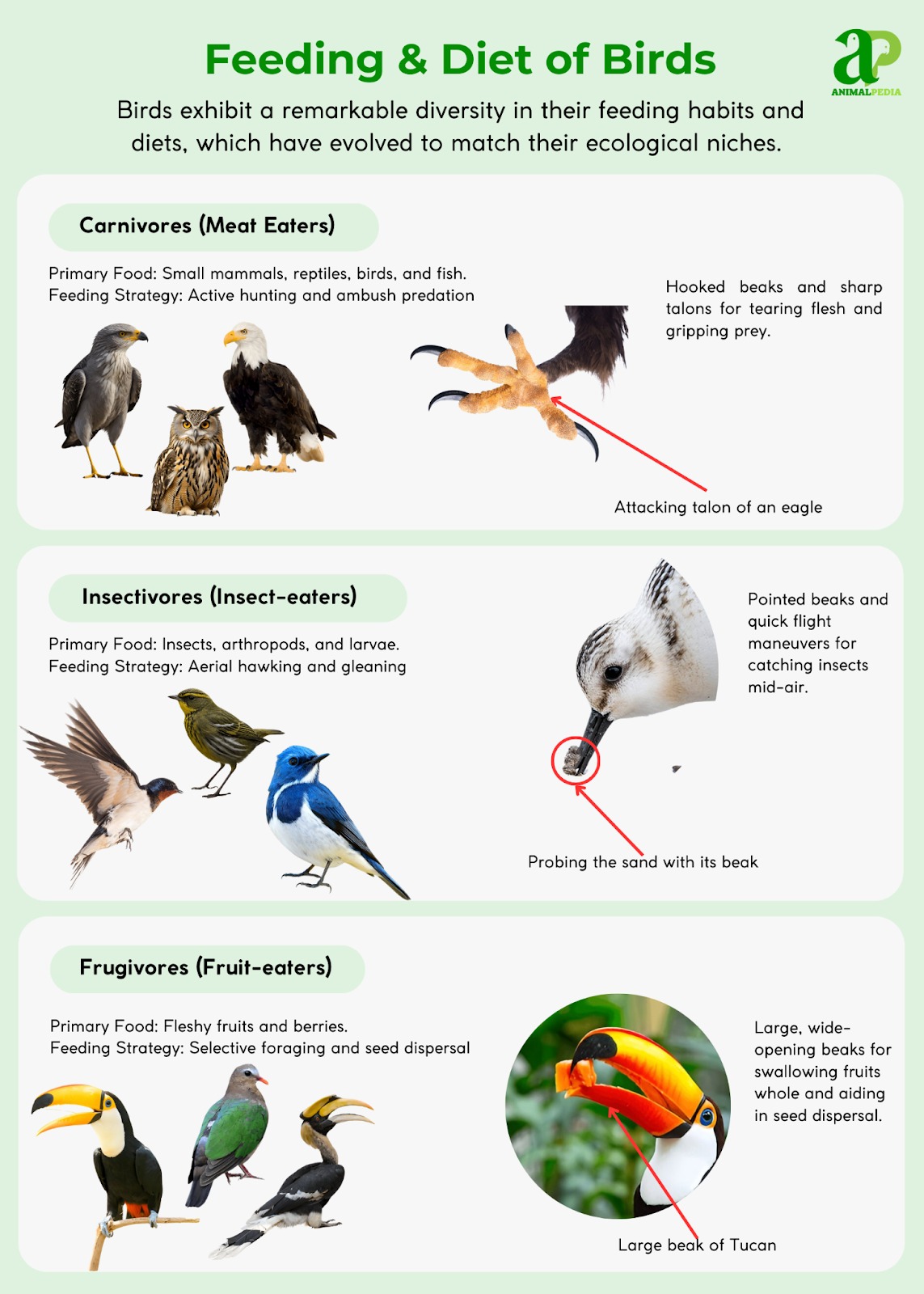
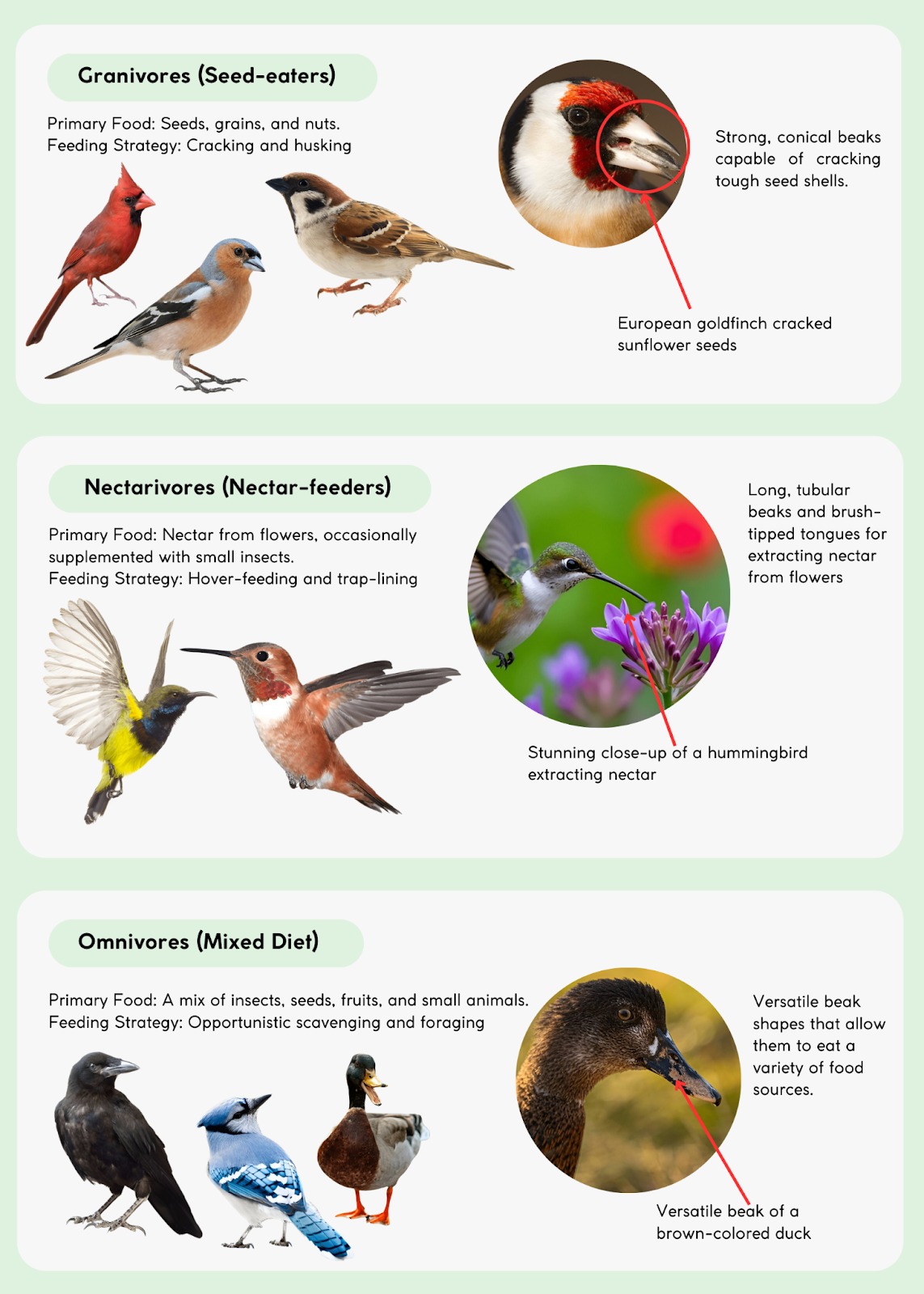
Reproduction and Development
Avian reproductive methods are exclusively oviparous, meaning all birds lay hard-shelled eggs. Reproduction is often initiated by a complex series of mating behaviors, including elaborate courtship rituals and territorial displays that can be visually stunning or acoustically intricate. Following mating, the life cycle progresses from egg incubation to hatching, with juvenile growth rates varying widely depending on the species and environmental conditions.
The extent of parental care is highly diverse, ranging from species where both parents share duties to those where one parent handles all responsibilities. Seasonal breeding patterns are a common adaptation, often triggered by environmental cues such as day length, which ensures that offspring are raised during periods of abundant food resources, thereby maximizing their chances of survival.
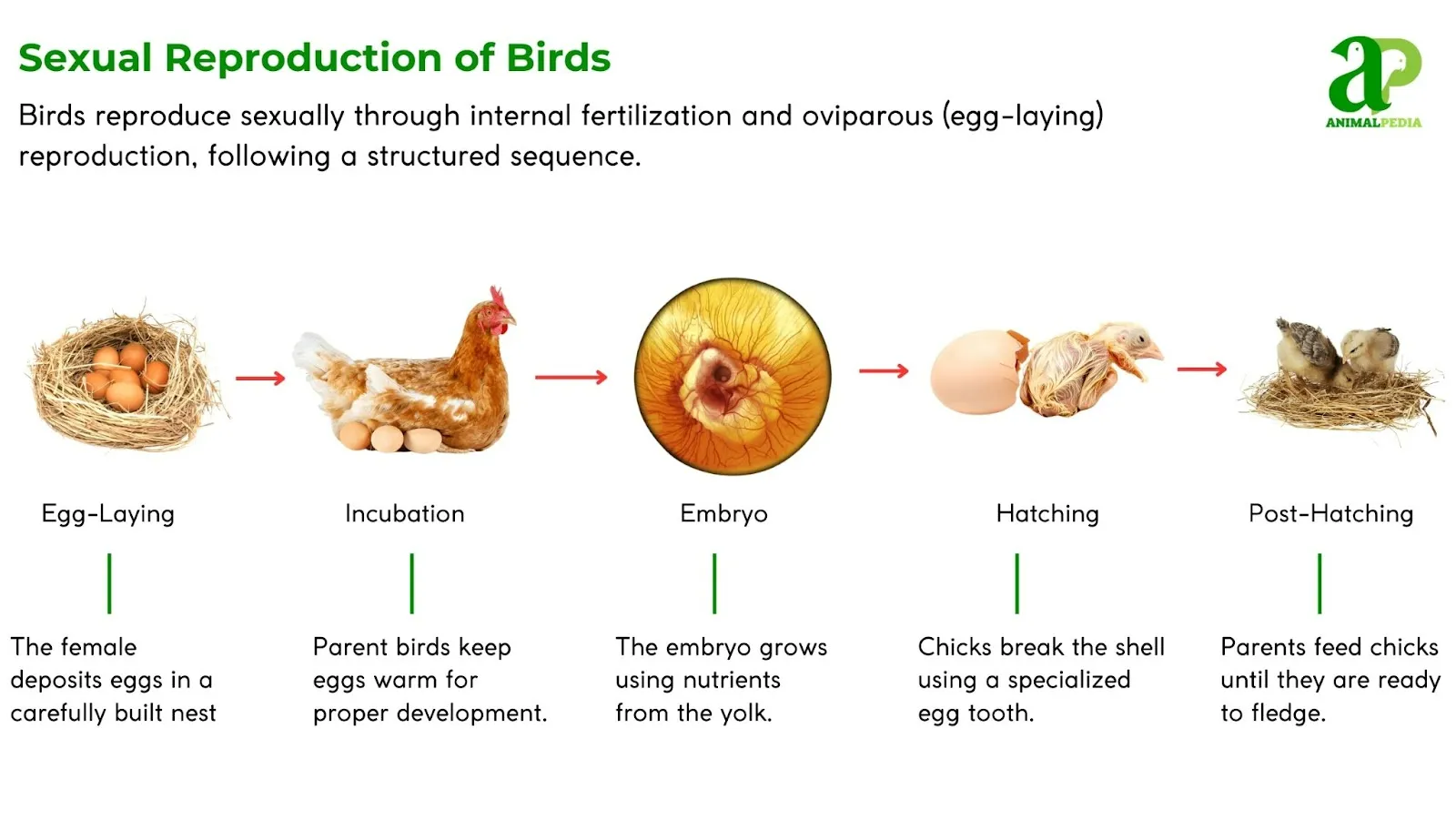
Movement and Locomotion
The locomotion of birds is a testament to their evolutionary adaptability, extending far beyond the air to encompass terrestrial, aquatic, and even marine environments. While most birds are renowned for powered flight, many species have evolved for specialized ground-based movement.
Ostriches (Struthio camelus), for example, are bipedal specialists capable of high-speed running, while penguins are masters of aquatic locomotion, using their flipper-like wings for efficient swimming and diving.
The anatomical structure of avian limbs is a key factor, with fused bones and powerful musculature that support a diverse range of movements. This relationship between body structure and movement efficiency allows each species to excel in its particular ecological niche, whether soaring through the skies, running on the plains, or swimming through the ocean.
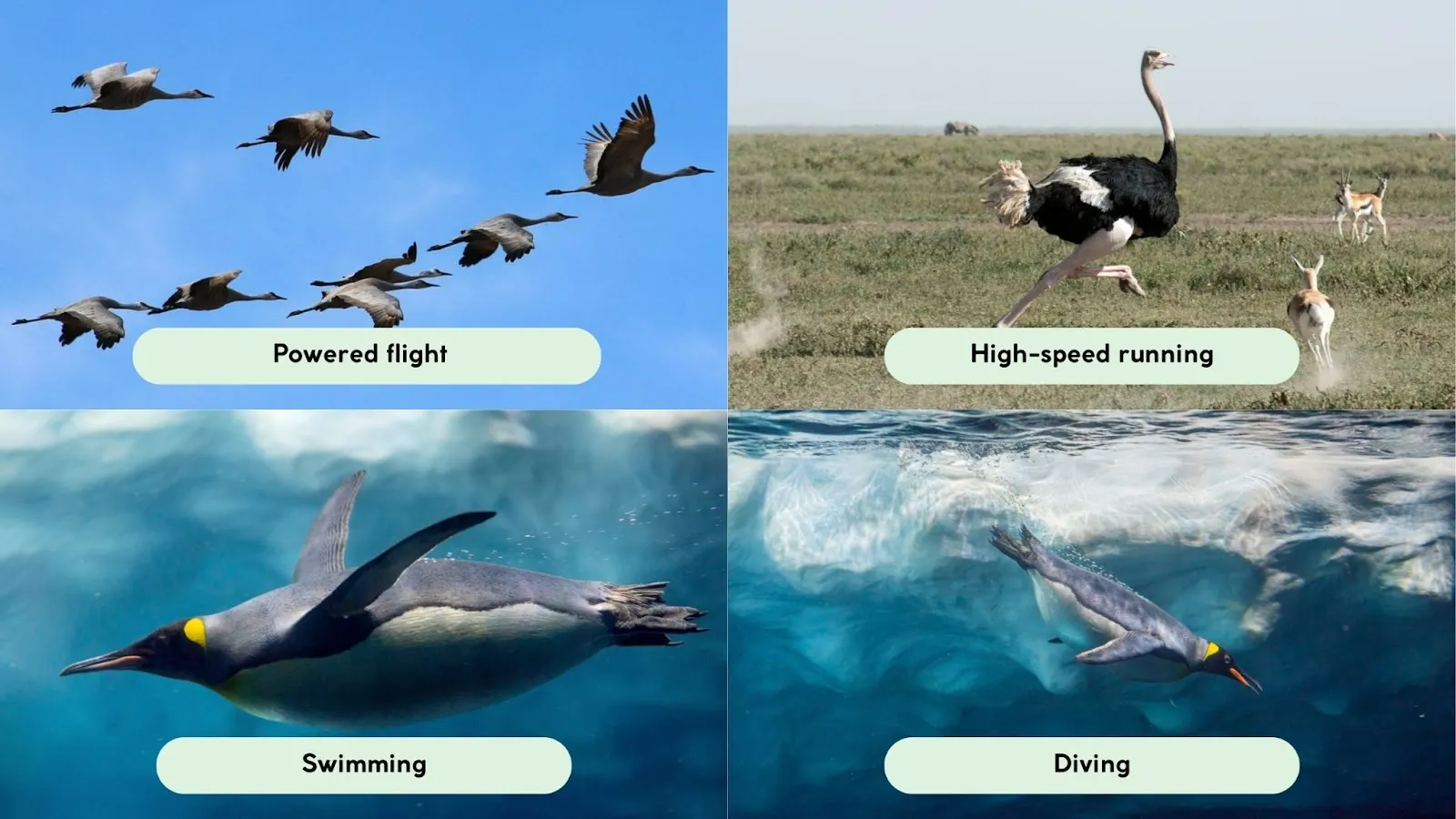
Communication and Defense
Birds employ a sophisticated array of signals for both communication and defense, utilizing visual, acoustic, and sometimes even chemical cues to interact with their environment and other birds.
Vocalizations and elaborate songs are a primary mode of communication, used for attracting mates, establishing territory, and warning others of predators [19]. Visual communication is equally important, with species using vibrant plumage, specific body postures, and dynamic displays to convey information.
When faced with a threat, birds have developed numerous defensive behaviors, including intricate camouflage, aggressive threat displays, and swift escape strategies like rapid flight or diving.
These behaviors highlight the sensory capabilities of birds, which are crucial for navigating social dynamics and ensuring their safety in a predator-rich world. From their behaviors, we can uncover some truly astonishing and record-breaking feats. Get ready to be amazed by the facts that make birds so unique.
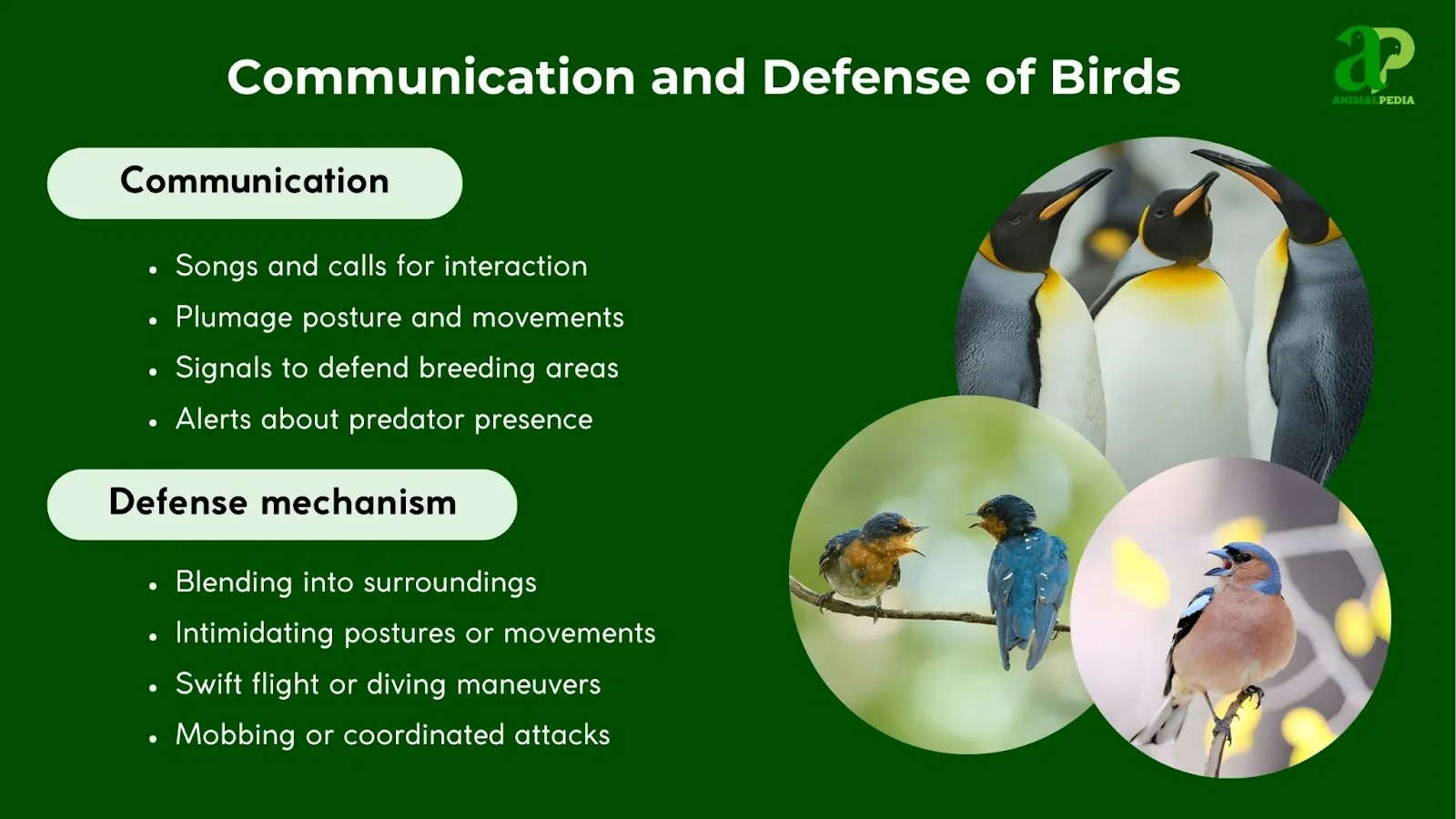
How Do Humans Interact With Birds?
Following an exploration of avian biology and behavior, it becomes clear that human relationships with birds extend far beyond casual observation, encompassing a variety of complex and often contradictory interactions.
These interactions can be broadly categorized into two main groups: those involving birds as companions or in a captive setting and those focusing on their commercial or cultural utility. This multifaceted relationship raises important questions about conservation and ethical responsibility.
Birds as Pets and in Captivity
The global trade in live birds for companionship is a significant phenomenon, with millions of avian species kept as pets in households worldwide [1]. The most popular pet species often include parrots, canaries, and finches, valued for their intelligence, vibrant plumage, and vocalizations.
However, owning a bird is a substantial commitment, as these animals require specialized diets, mental stimulation, and large enclosures to ensure their well-being, with some species living for decades.
Critics of the pet trade point to high mortality rates and the psychological stress of captivity, but proponents argue that captive breeding can reduce pressure on wild populations and that responsible ownership provides a stimulating environment.
Beyond the home, zoos and wildlife centers play a vital educational and conservation role, where they not only showcase birds but also participate in critical breeding programs for endangered species [9].
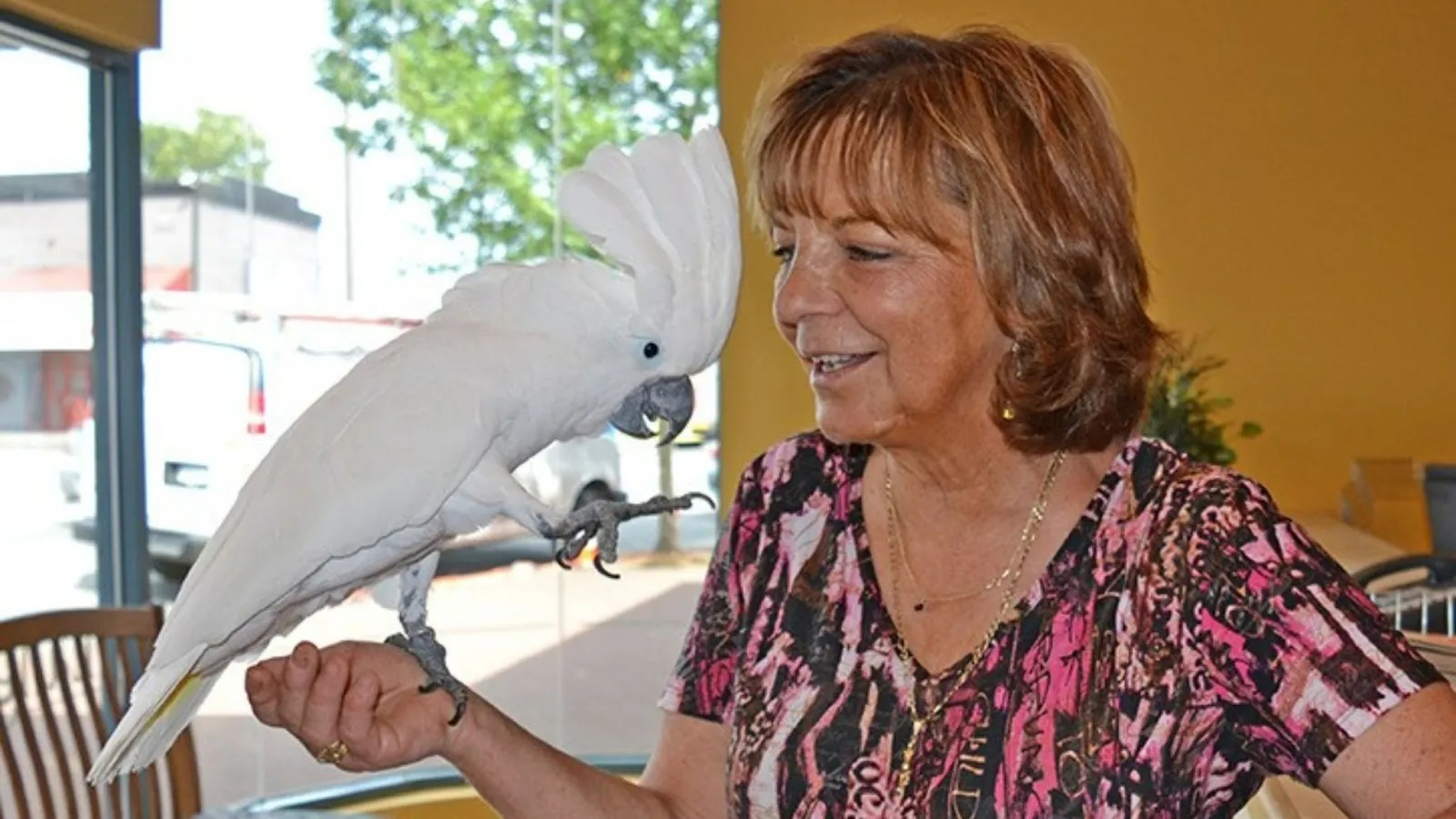
Commercial and Cultural Uses
The relationship between humans and birds is also deeply ingrained in various commercial and cultural practices. For example, the poultry industry is a major global economic force, providing a primary source of meat and eggs for human consumption [13].
Less commonly known is the use of bird feathers in the fashion industry, though this practice is heavily regulated in many countries to prevent exploitation of wild populations. In some traditional societies, bird parts are utilized for their purported medicinal properties or hold deep cultural and spiritual significance in ceremonies and rituals [14].
While these uses are often tied to ancient beliefs and traditions, they frequently face scrutiny from a conservation standpoint, prompting calls for ethical considerations and the development of sustainable alternatives.
The practice of falconry, an ancient art that uses birds of prey for hunting, exemplifies a deeply cultural interaction that today often includes conservation breeding and rehabilitation efforts. As we consider these diverse relationships, we must also confront a crucial issue: the conservation of these magnificent creatures. Let’s examine the threats birds face and the actions we can take to protect them.

Are Birds Endangered and How Can We Protect Them?
The conservation status of birds presents a significant challenge to global biodiversity, with a notable portion of species facing threats to their survival. According to data from the IUCN Red List, approximately 13.5% of all known bird species are currently categorized as threatened, endangered, or critically endangered, highlighting a widespread and ongoing ecological crisis [3].
The primary drivers of this decline are habitat loss and climate change, which disrupt breeding grounds and food sources, as well as the persistent pressure from the illegal wildlife trade. While the outlook can seem bleak, there have been conservation success stories, such as the recovery of the Bald Eagle (Haliaeetus leucocephalus) in North America, which was brought back from the brink of extinction through legal protections and the ban of pesticides like DDT [14].
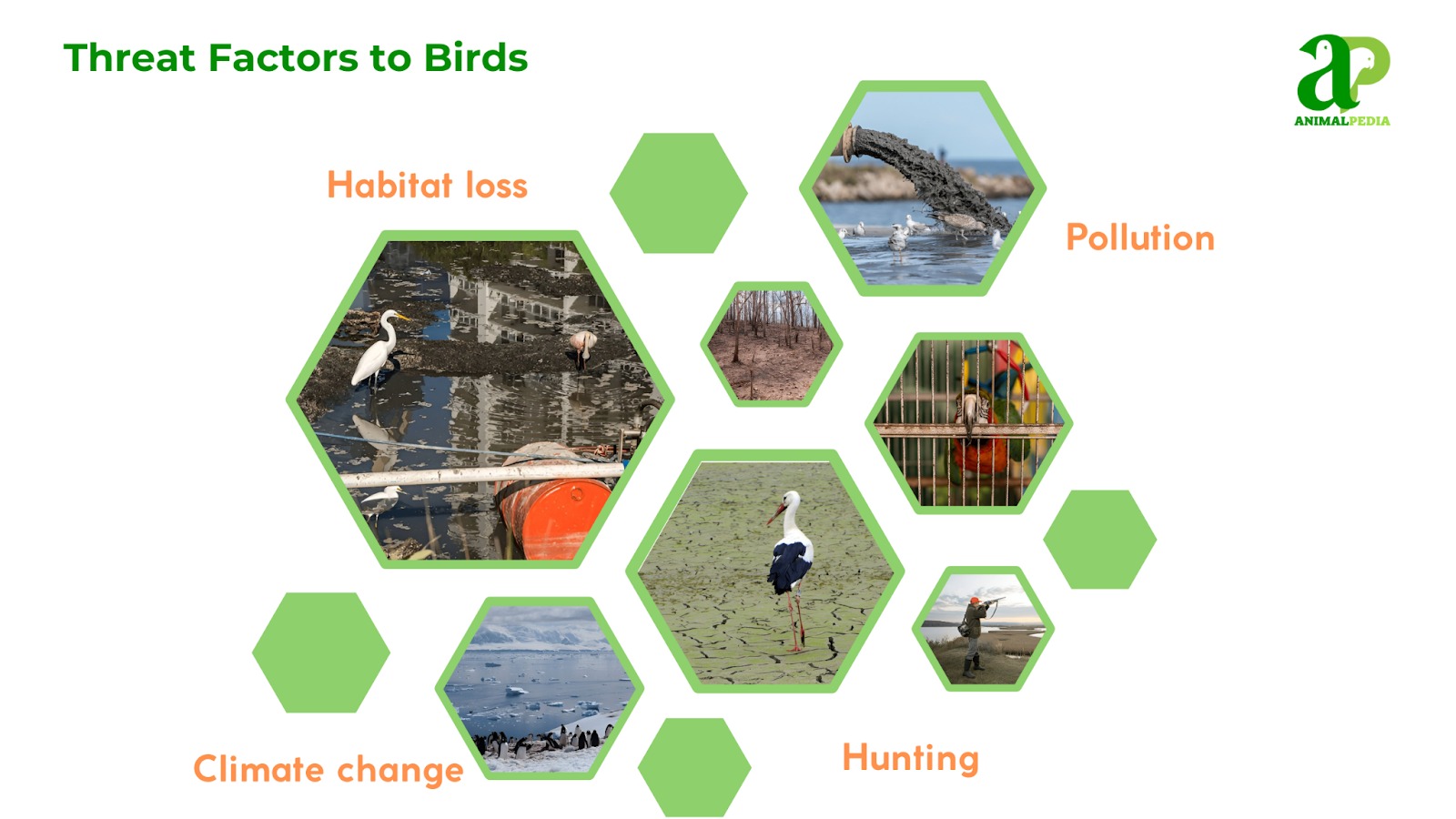
Protecting bird populations is a collective responsibility that extends beyond official conservation efforts. Individuals can make a difference through direct actions, such as supporting reputable conservation organizations that work to protect critical habitats or advocating for policies that mitigate the impacts of climate change. Furthermore, simple changes in daily habits, such as reducing plastic waste and participating in local citizen science projects, can have a cumulative positive effect.
By understanding the ecological importance of birds, which are essential for pollination, seed dispersal, and pest control, we can recognize that protecting these species is fundamentally about preserving the health and stability of our own ecosystems.
Frequently asked questions
What Is The Largest Flying Bird In The World?
The Wandering Albatross holds the title for the largest flying bird, with a wingspan reaching up to 11 feet (3.4 meters). It soars effortlessly over oceans, weighing around 20-26 pounds.
How Do Migrating Birds Know Where To Go?
Migrating birds use a combination of innate instincts, magnetic fields, the sun, stars, landmarks, and even smells to navigate. Young birds often learn routes from experienced adults during their first migration.
What Is The Fastest Bird?
The Peregrine Falcon is the fastest bird, reaching speeds over 240 mph (386 km/h) during its hunting stoop (dive). In level flight, the common swift can hit about 69 mph (111 km/h).
What Is The Smartest Bird?
Ravens and Crows are often considered the smartest birds, excelling in problem-solving, tool use, and social intelligence. African grey parrots also rank high in terms of their mimicry and reasoning abilities.
What Is The Smallest Bird In The World?
The Bee Hummingbird, native to Cuba, is the smallest bird, measuring just 2-2.4 inches (5-6 cm) long and weighing less than 0.07 ounces (2 grams). It’s known for its iridescent feathers.
Conclusion
In conclusion, this comprehensive guide has taken us on a journey through the world of birds, from their dinosaurian origins and defining physical characteristics to their diverse behaviors and crucial ecological roles. We have also confronted the serious conservation challenges they face, as well as the inspiring success stories that show how human efforts can make a difference.
At Animal-pedia.org, we believe that knowledge is the first step toward conservation. Our mission is to provide scientifically accurate and engaging content to foster a deeper love and understanding of the animal kingdom.
This article is just the beginning. We invite you to continue your journey by exploring our website for more species profiles, interactive diagrams, and evolutionary histories to become a true expert on Earth’s incredible fauna.

